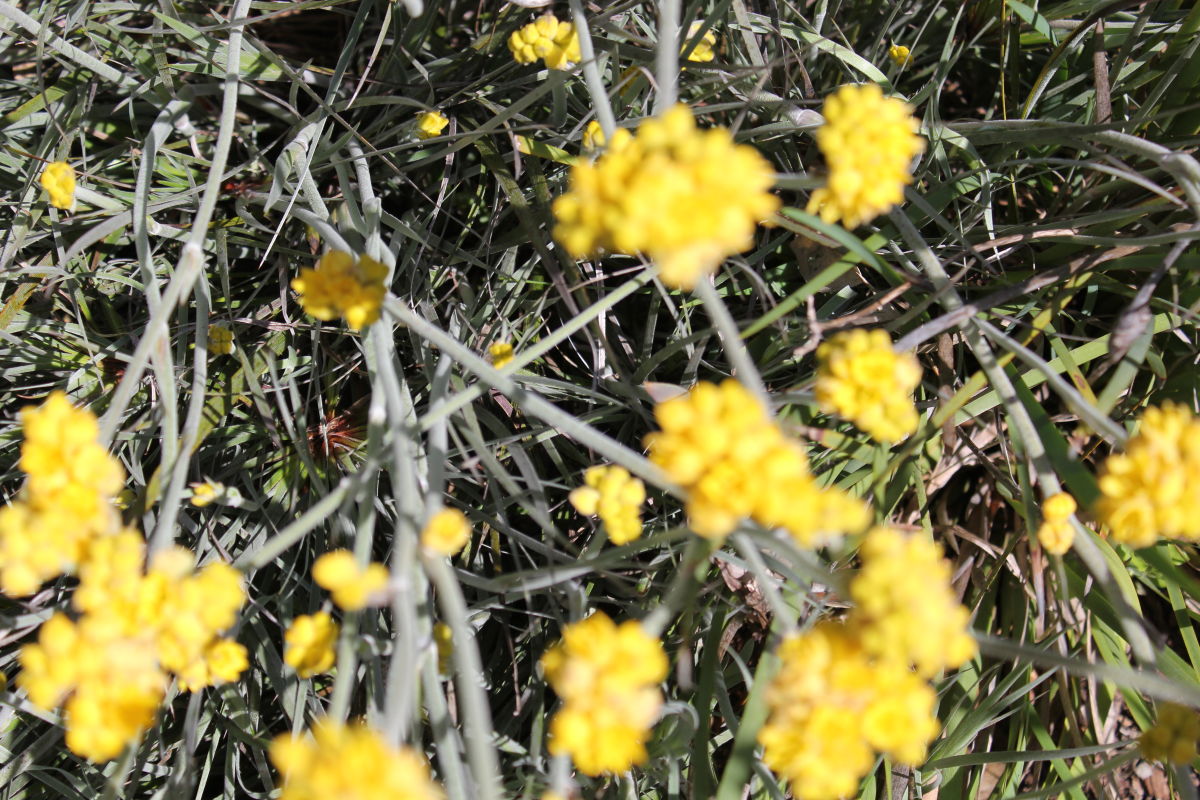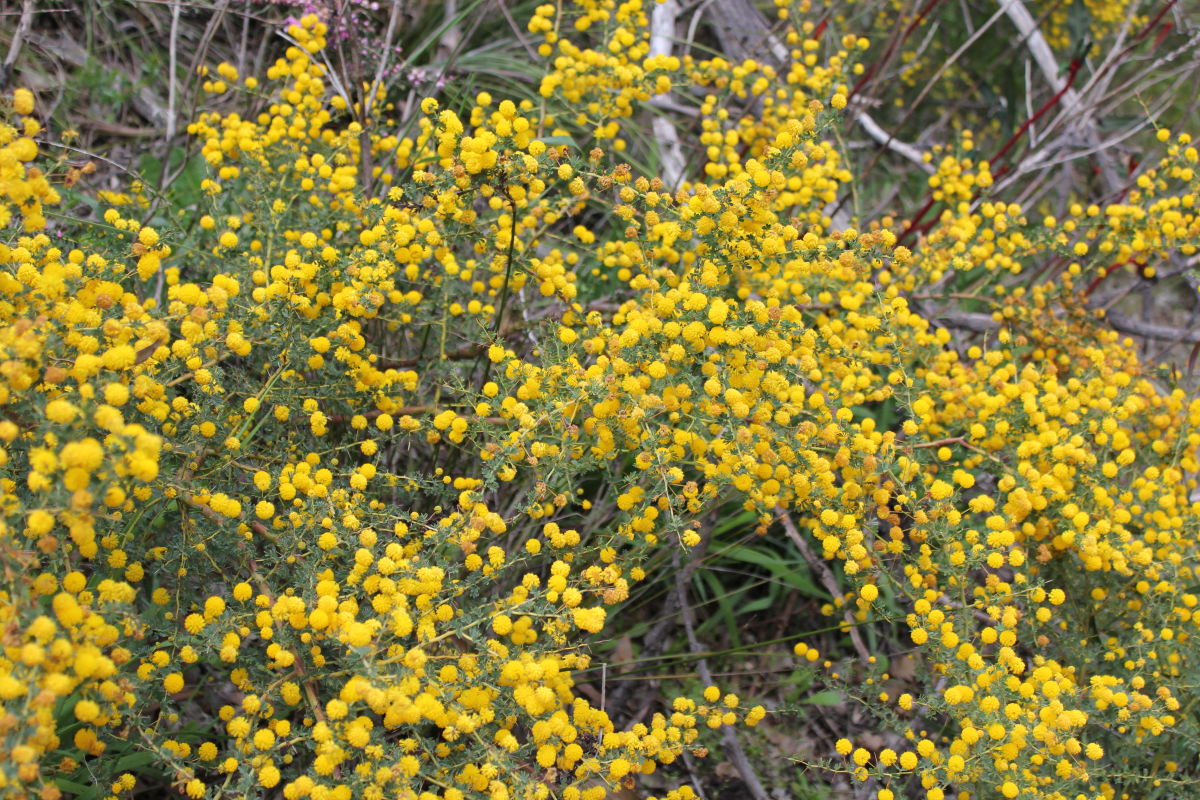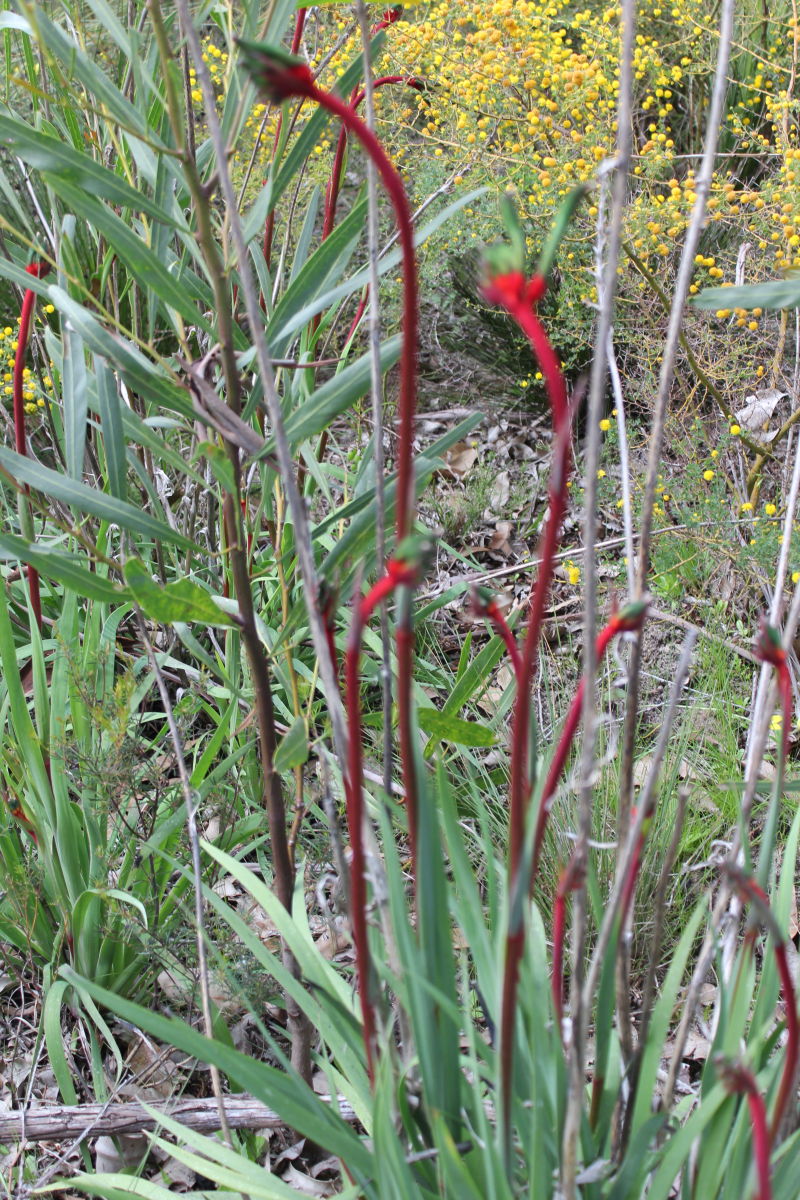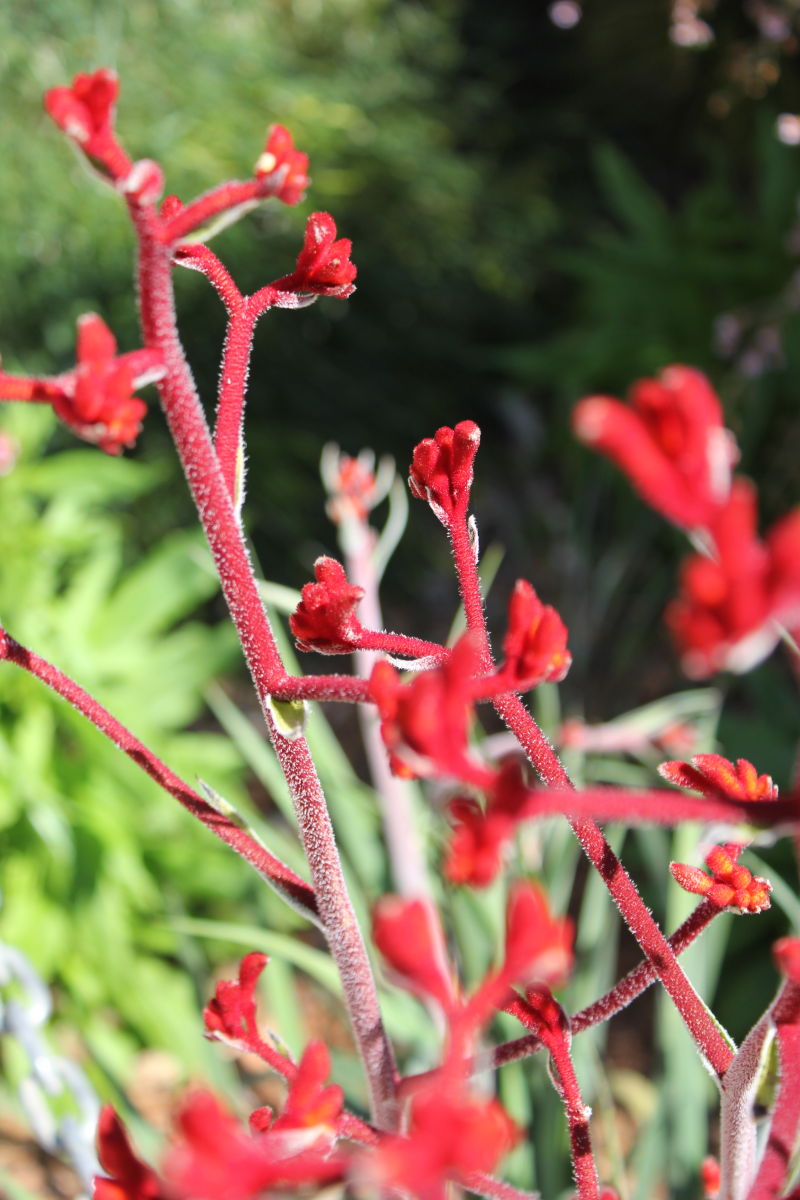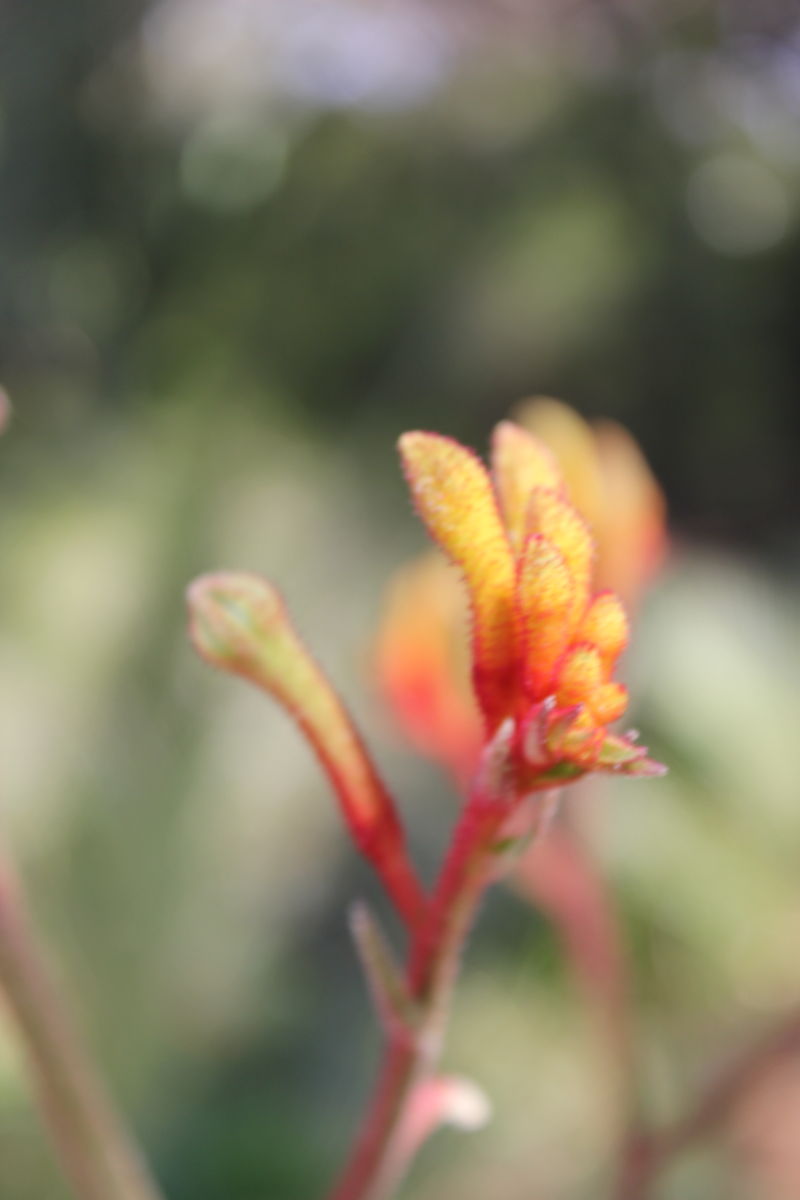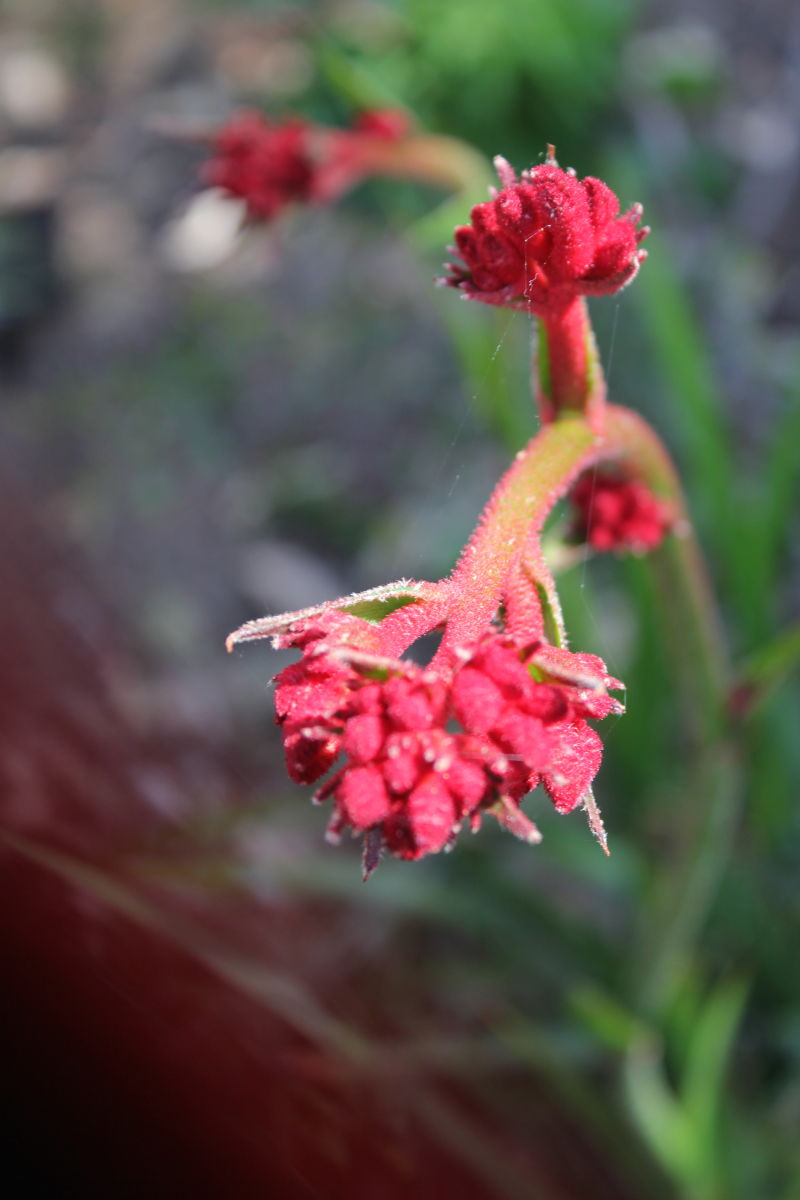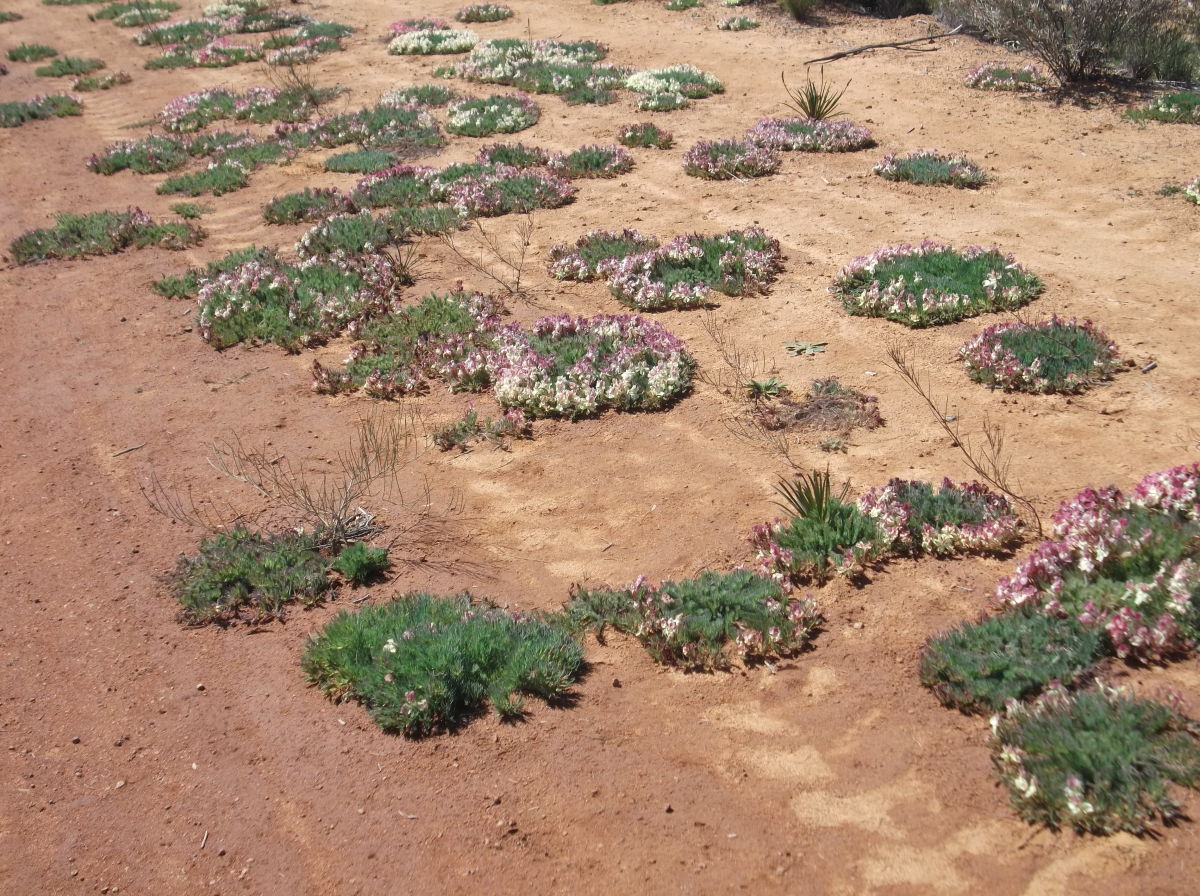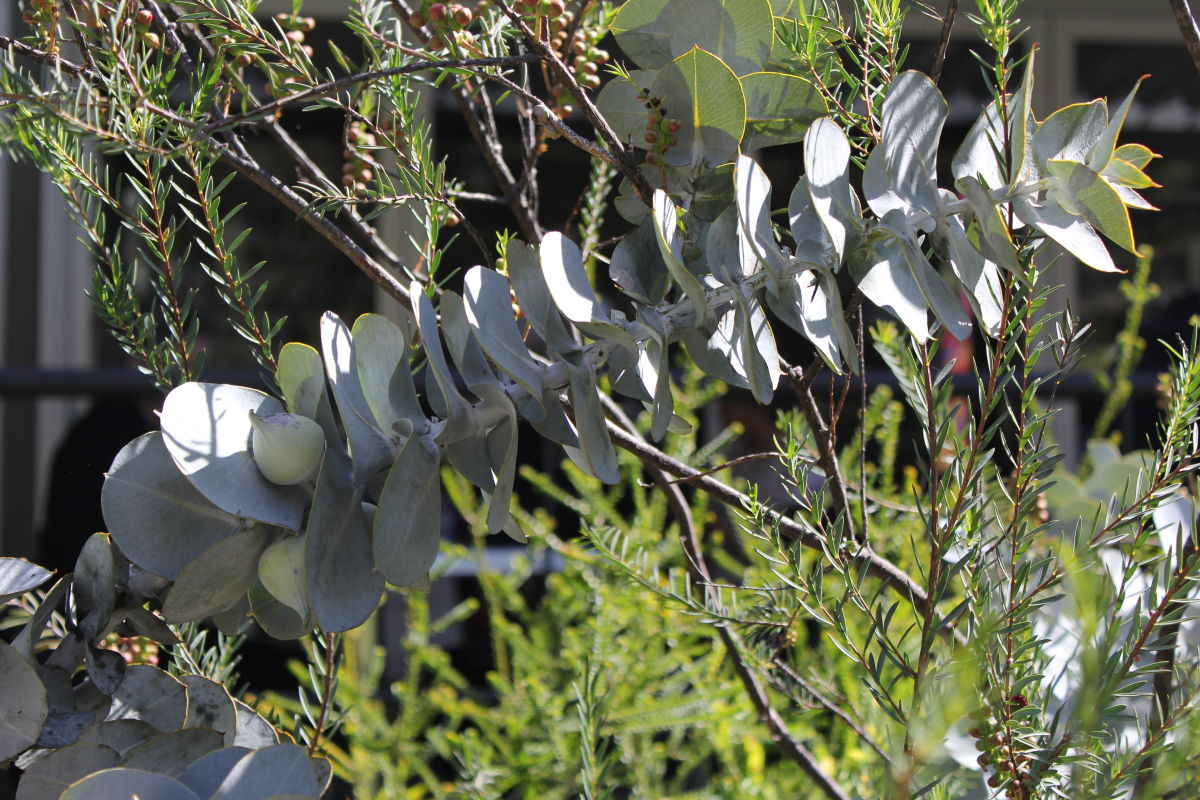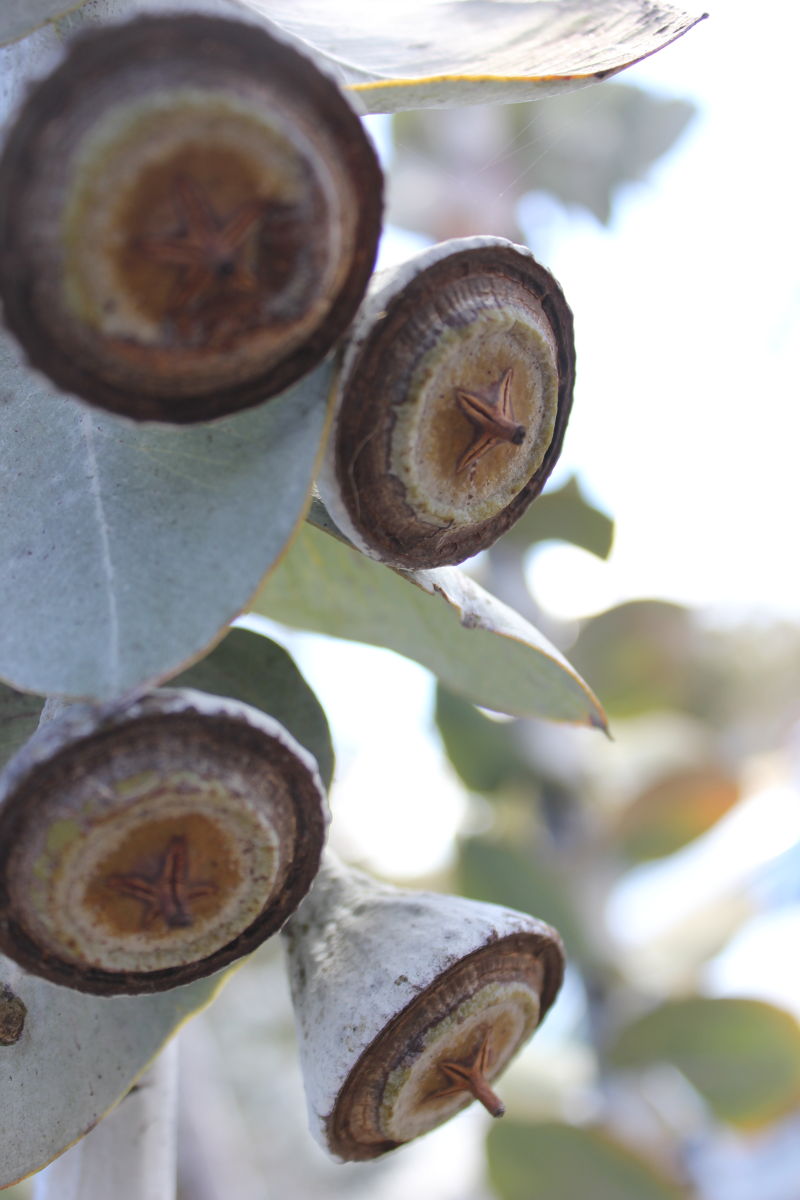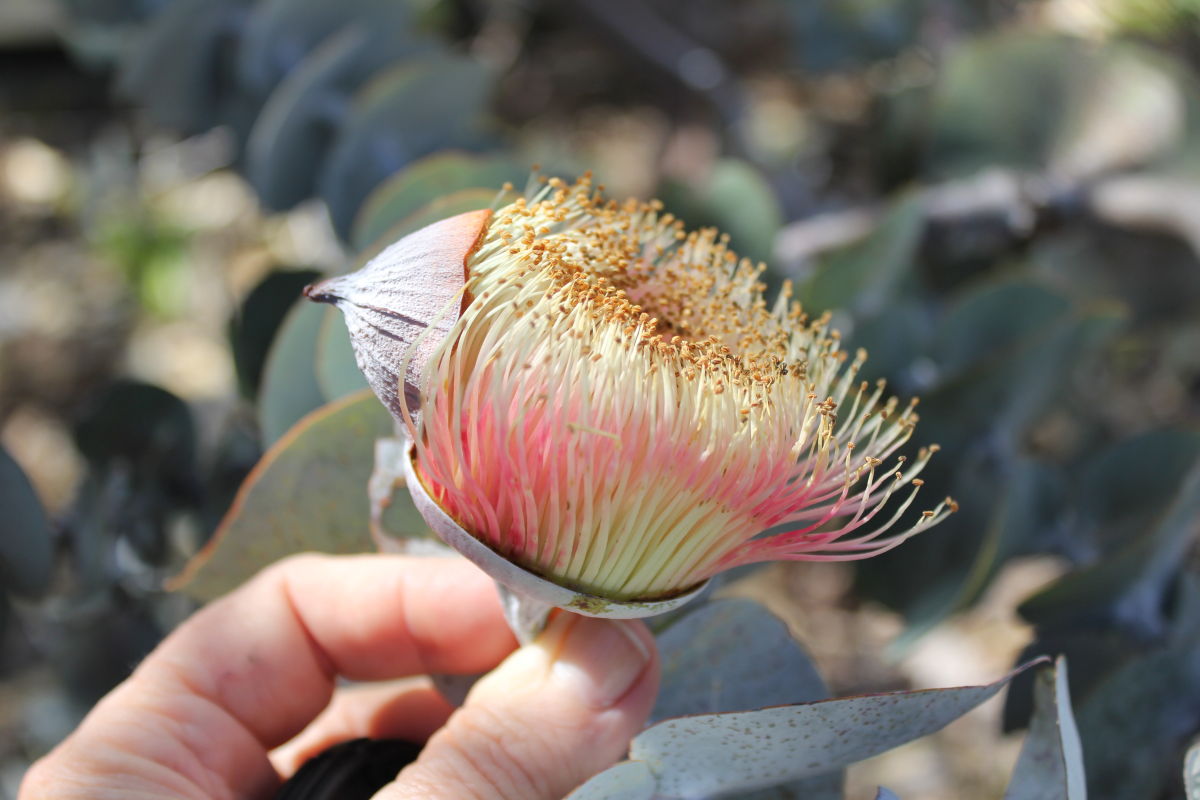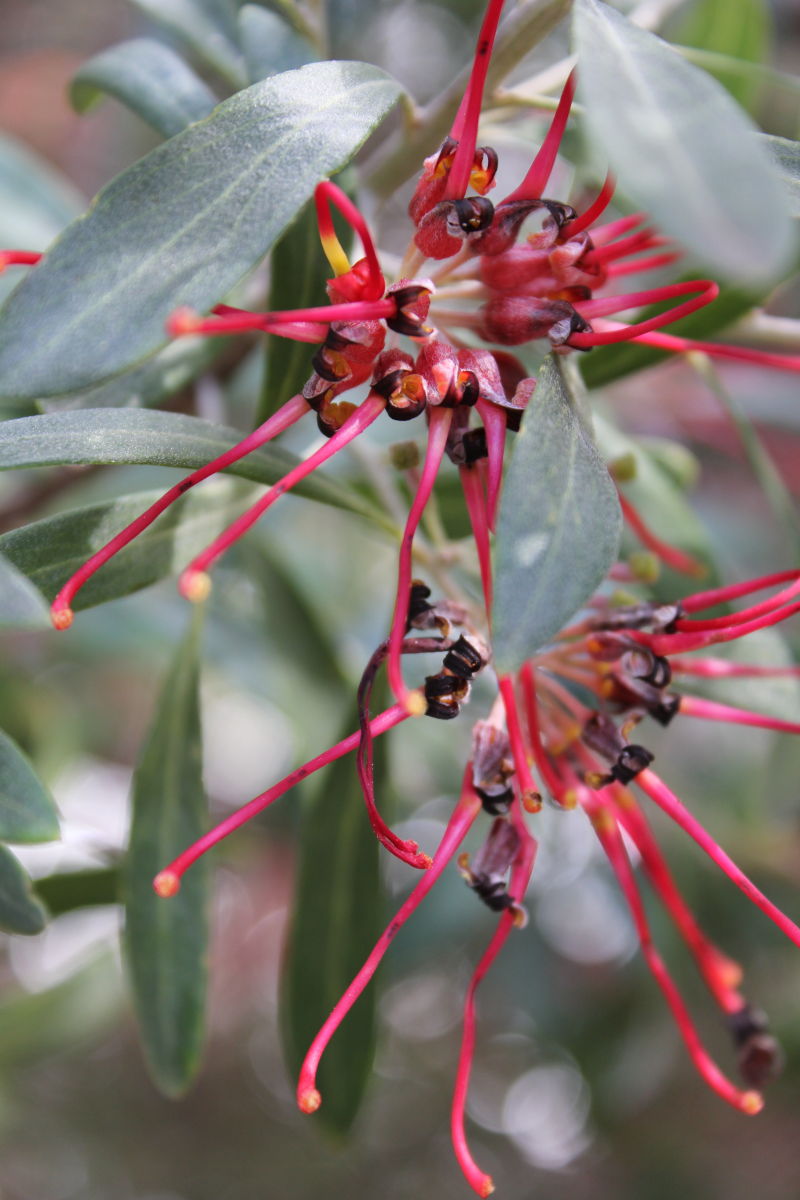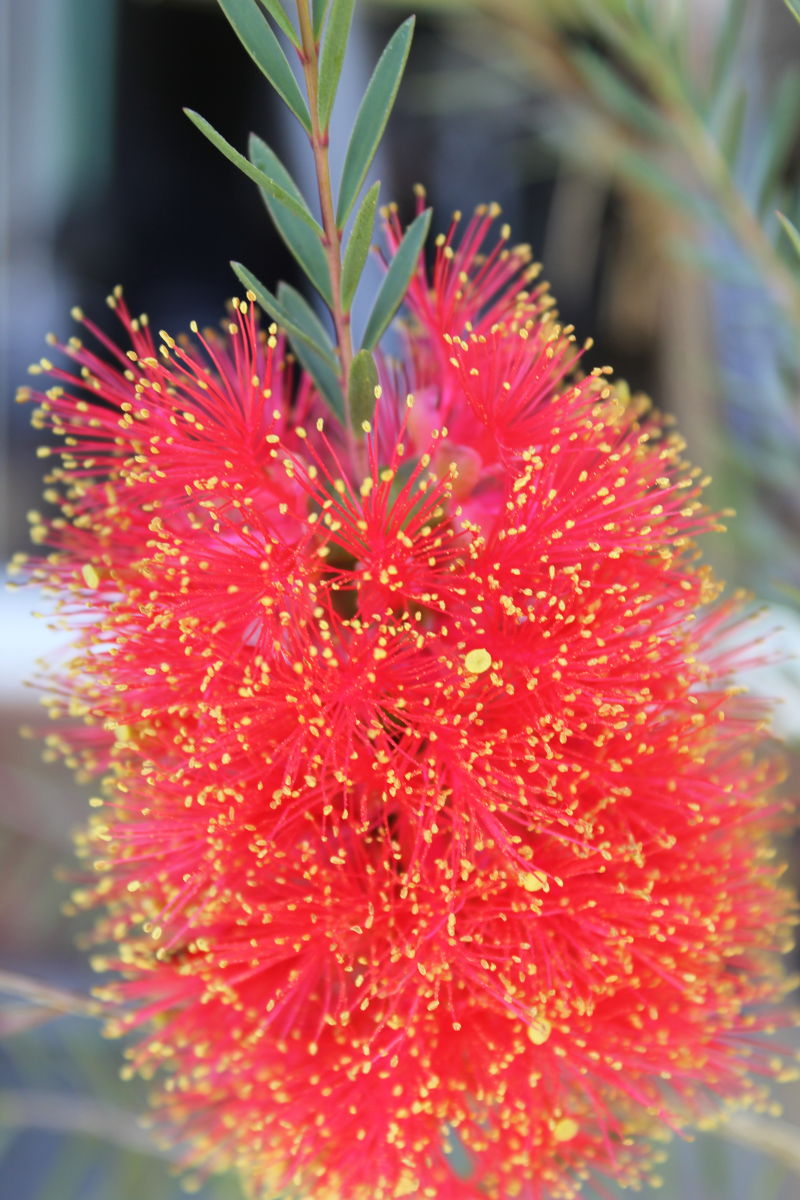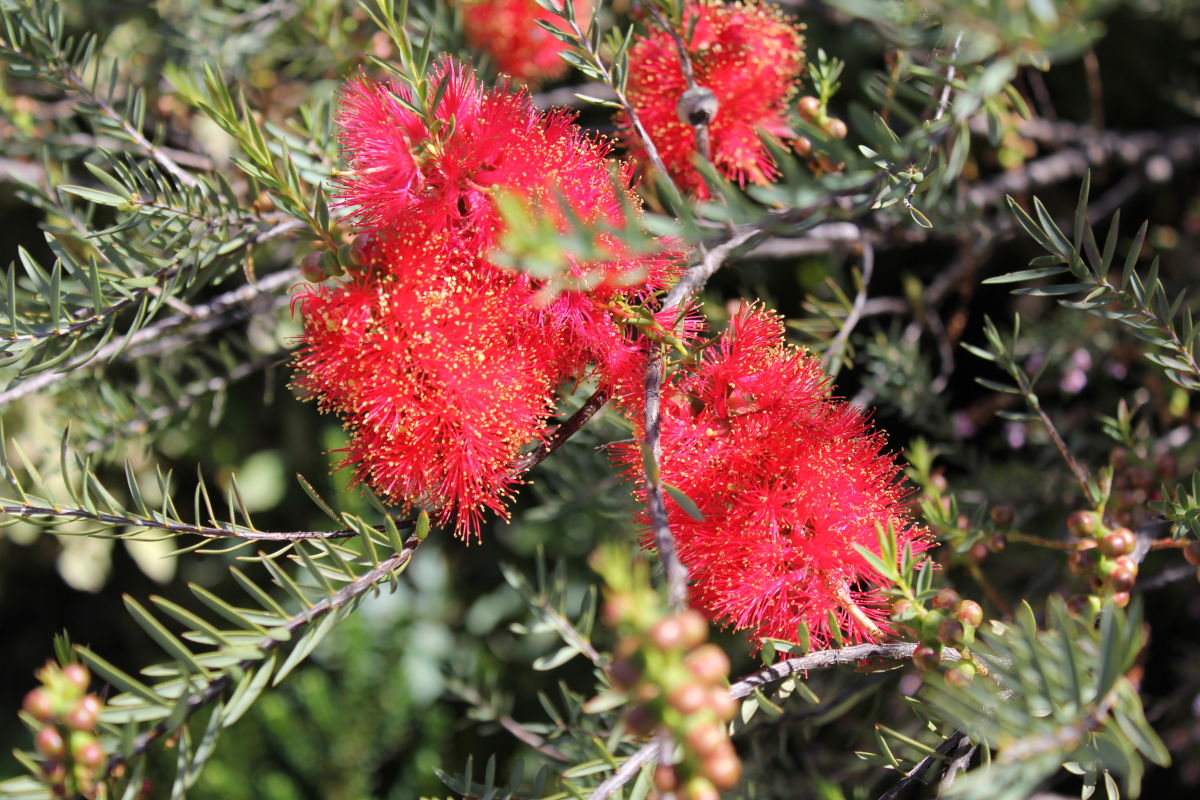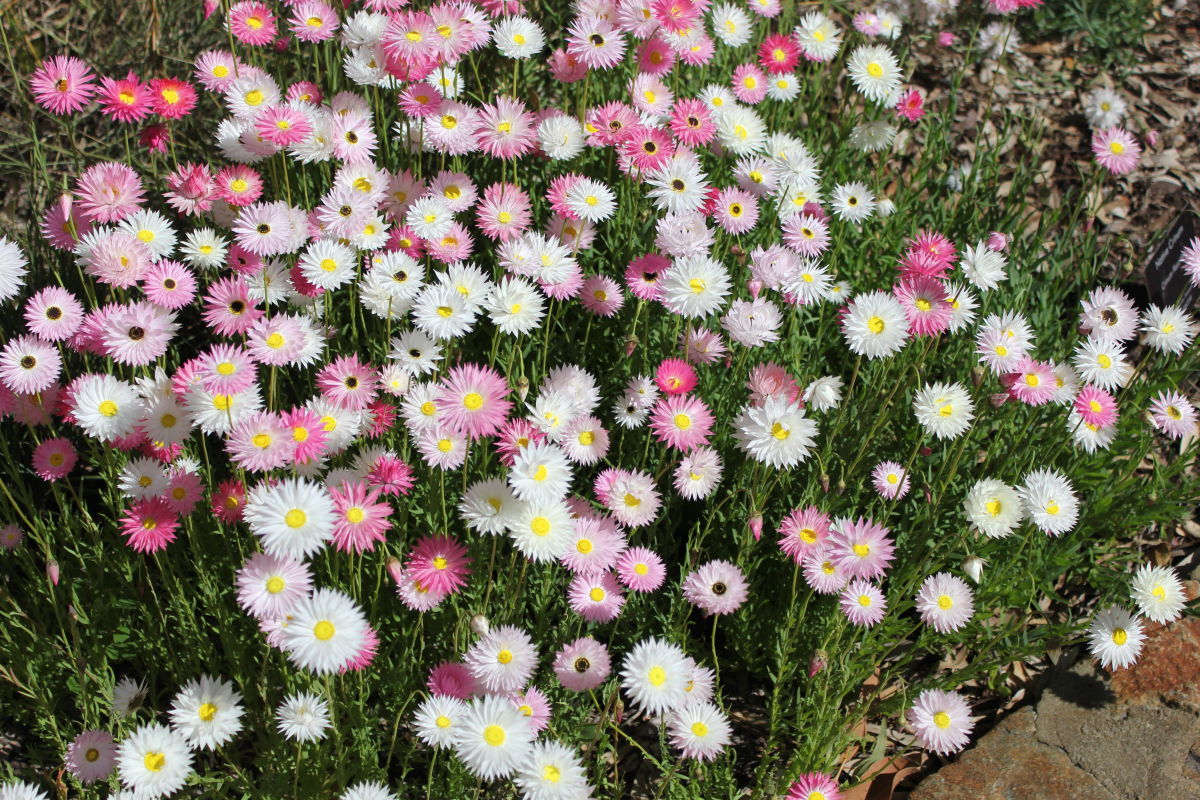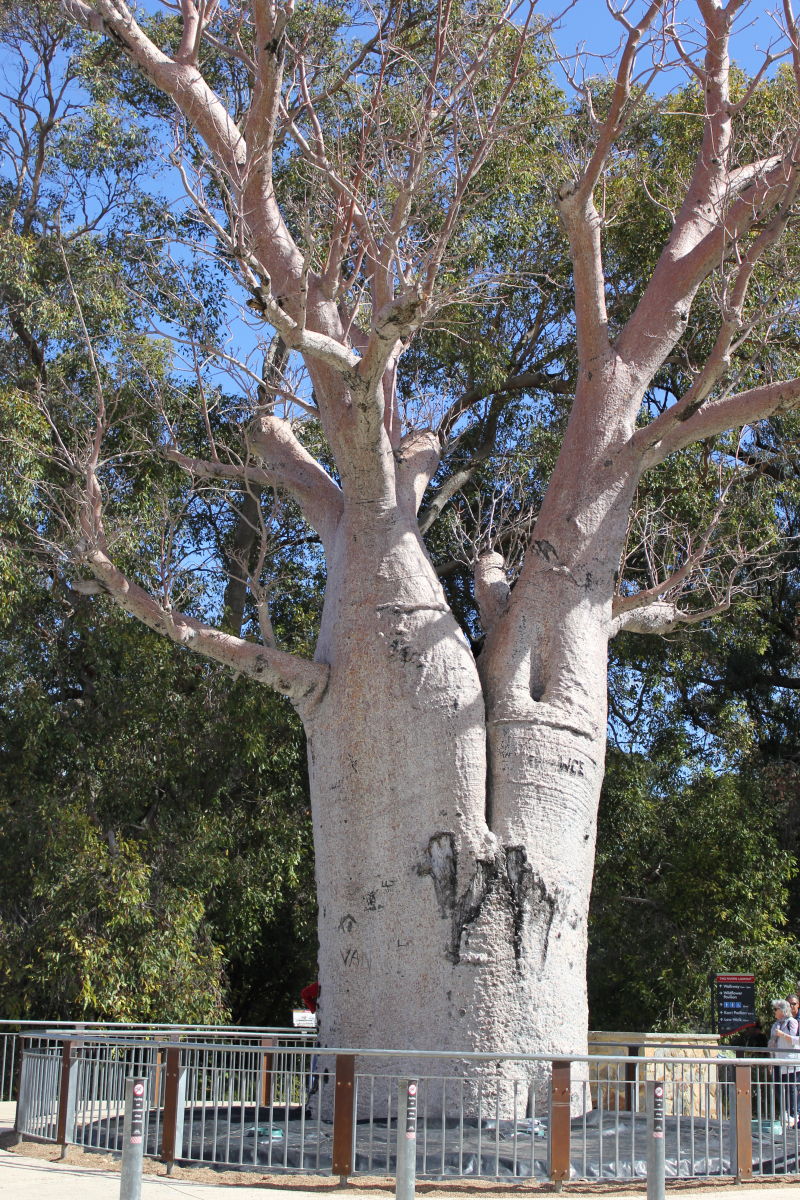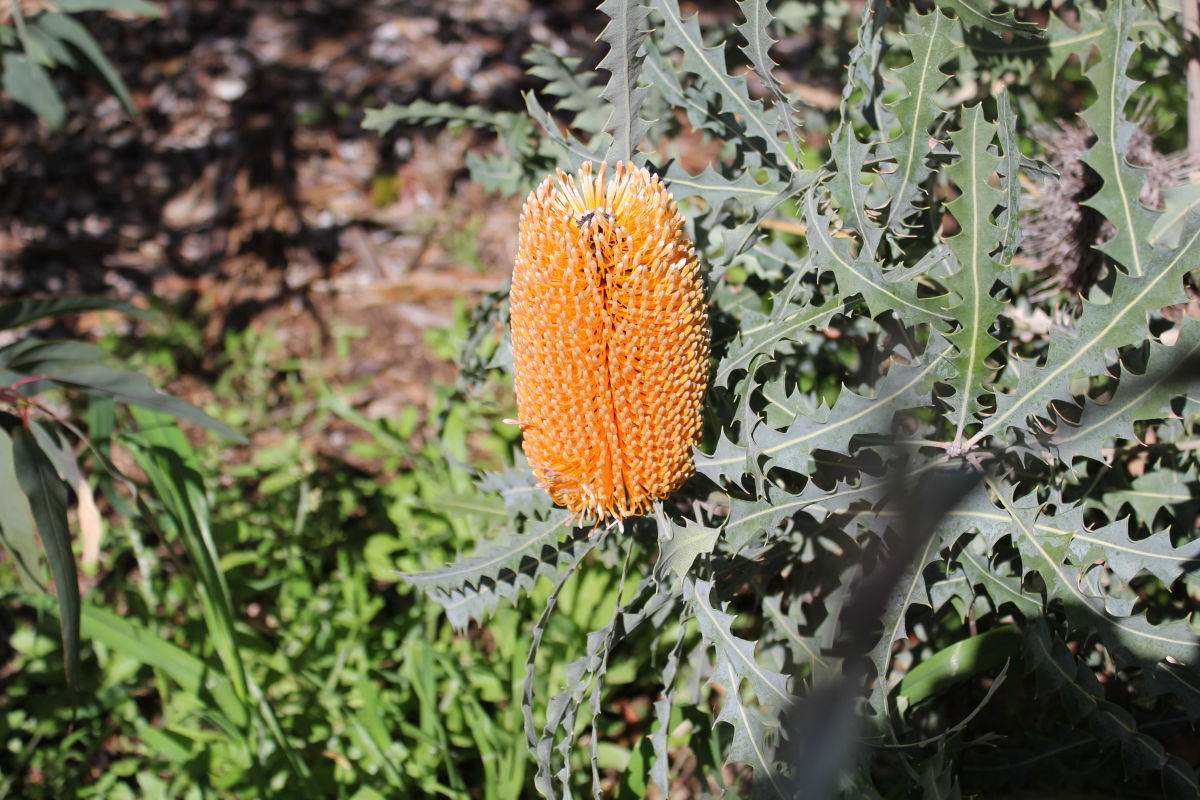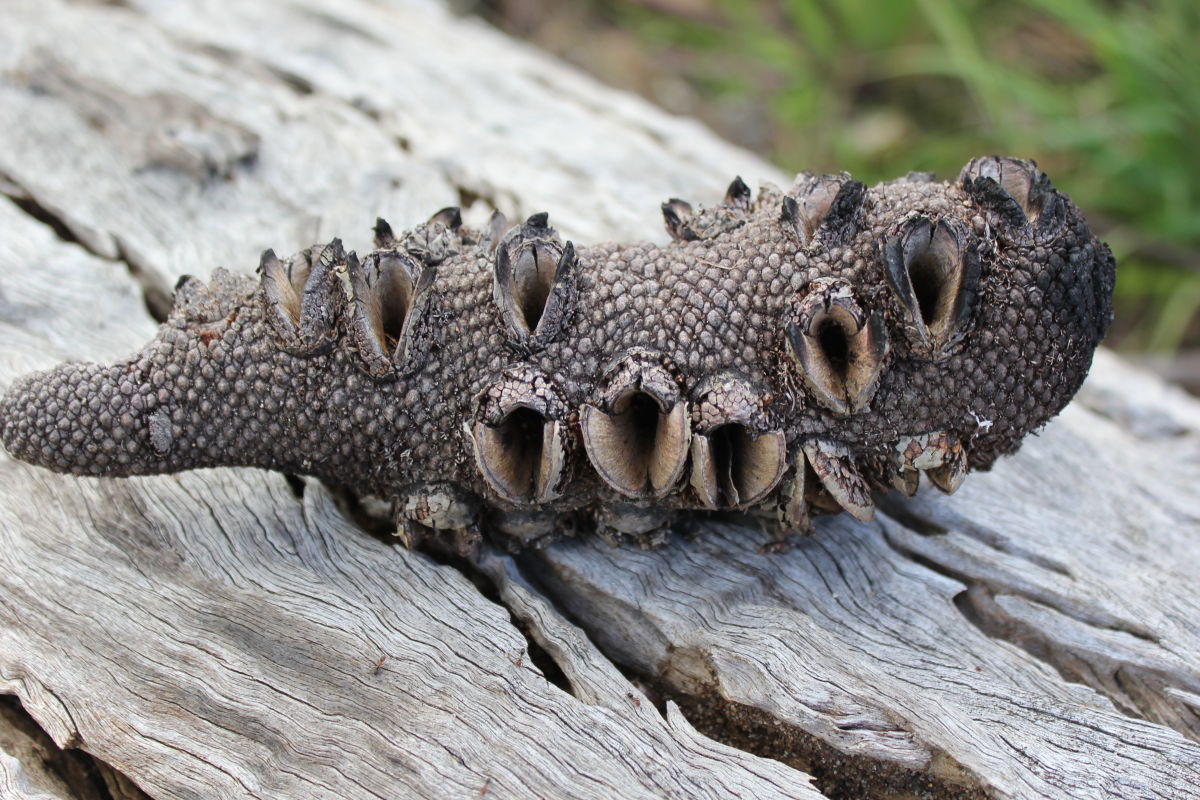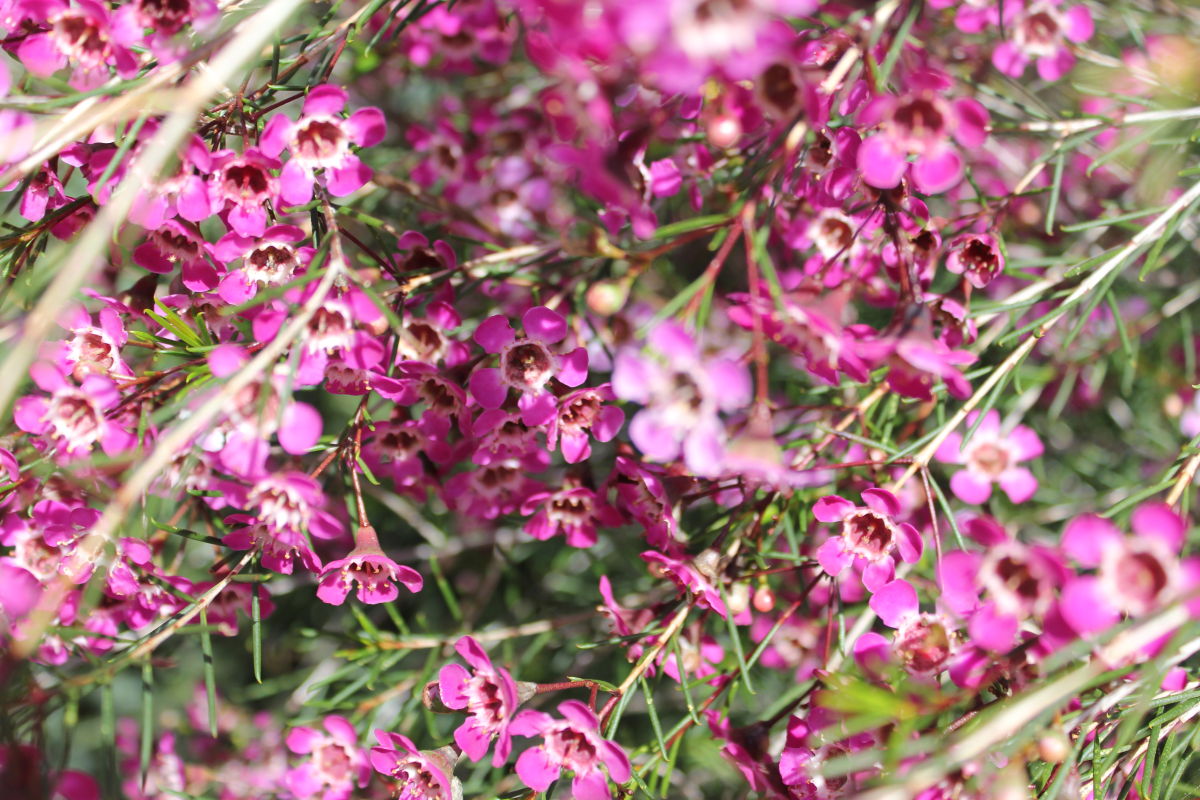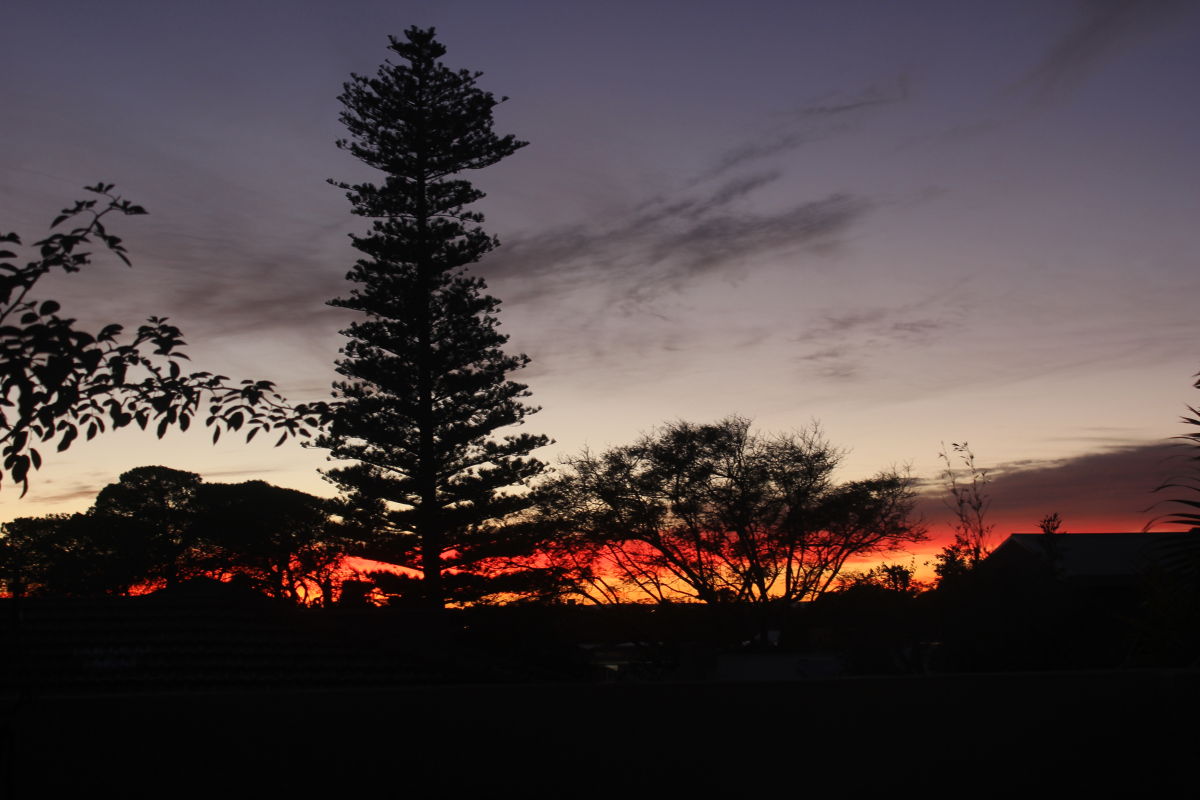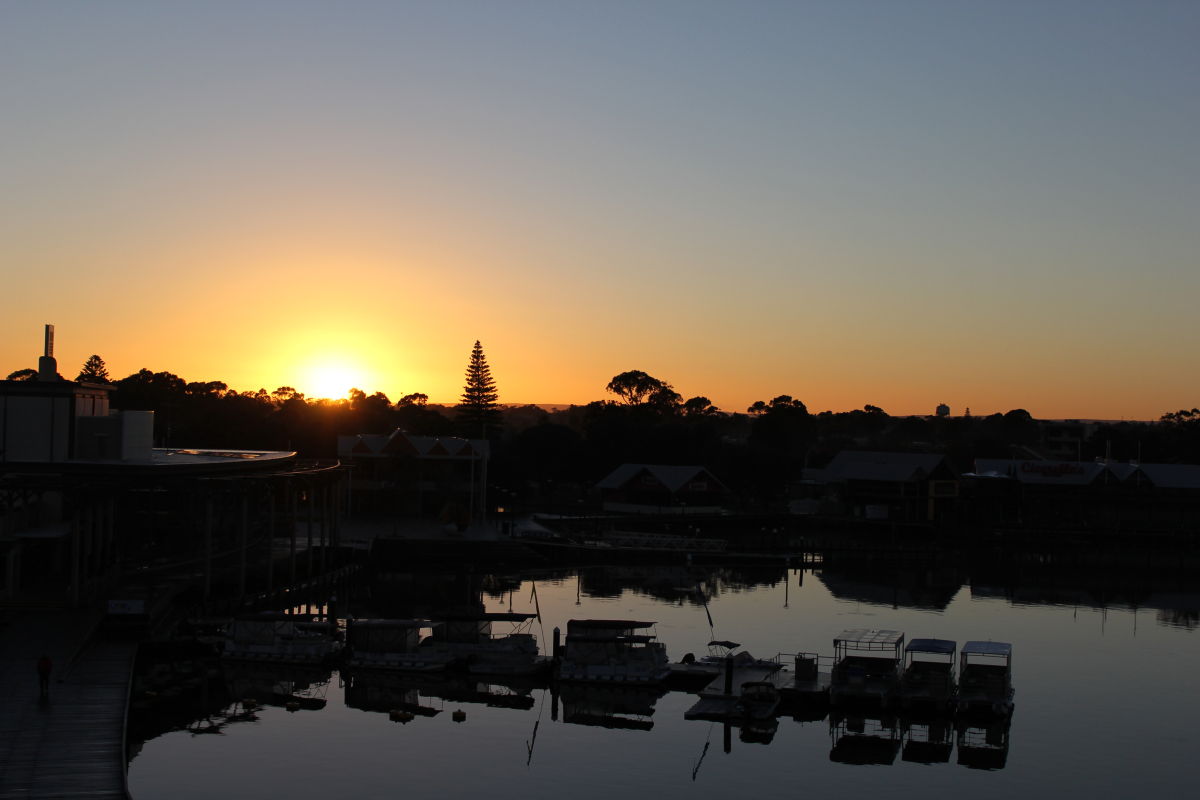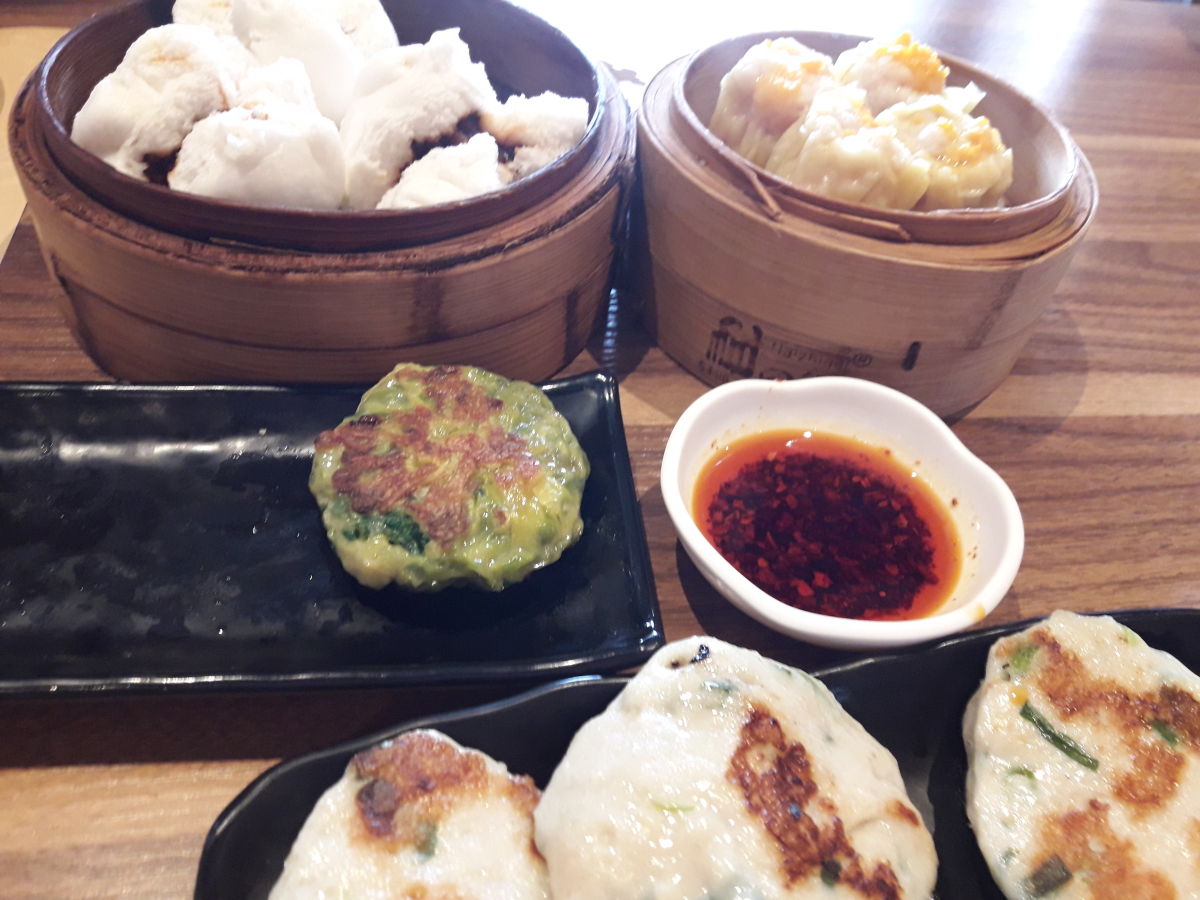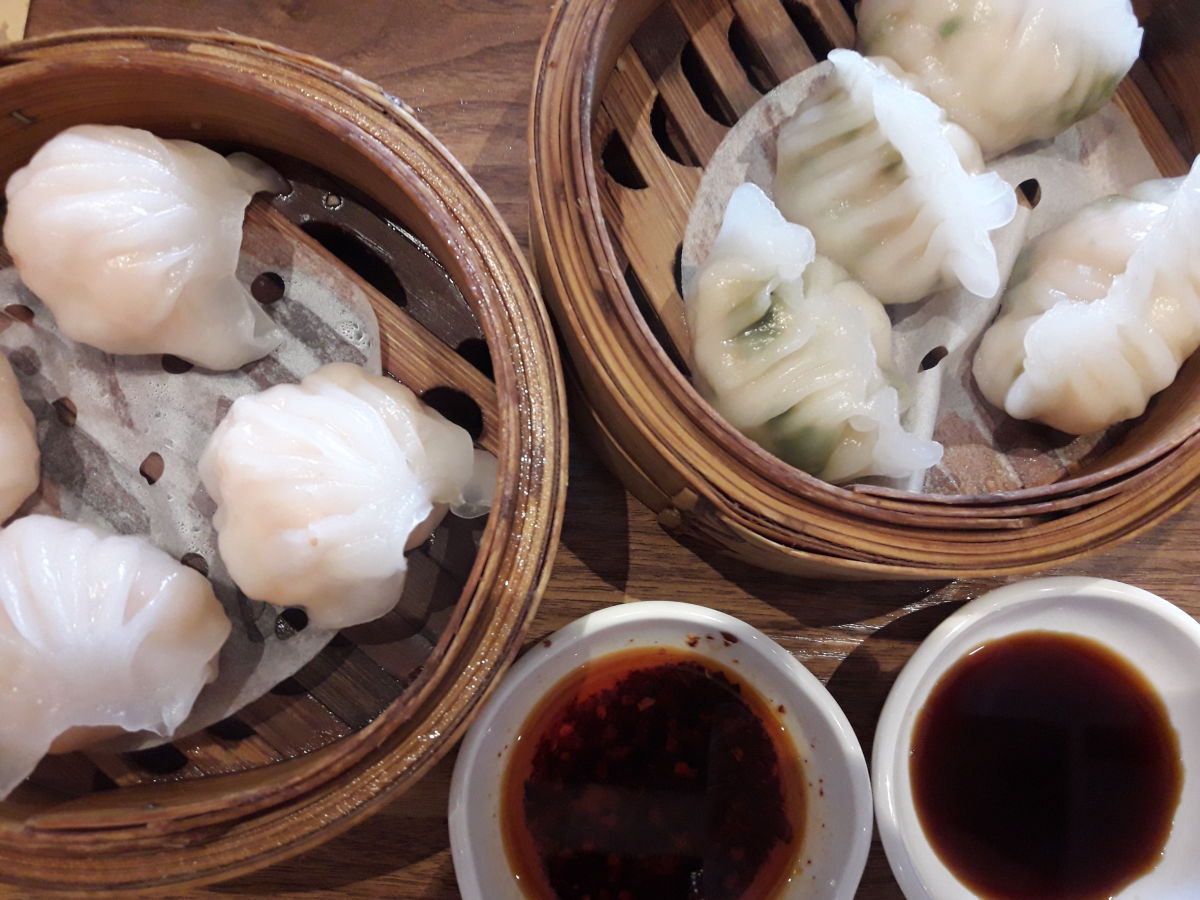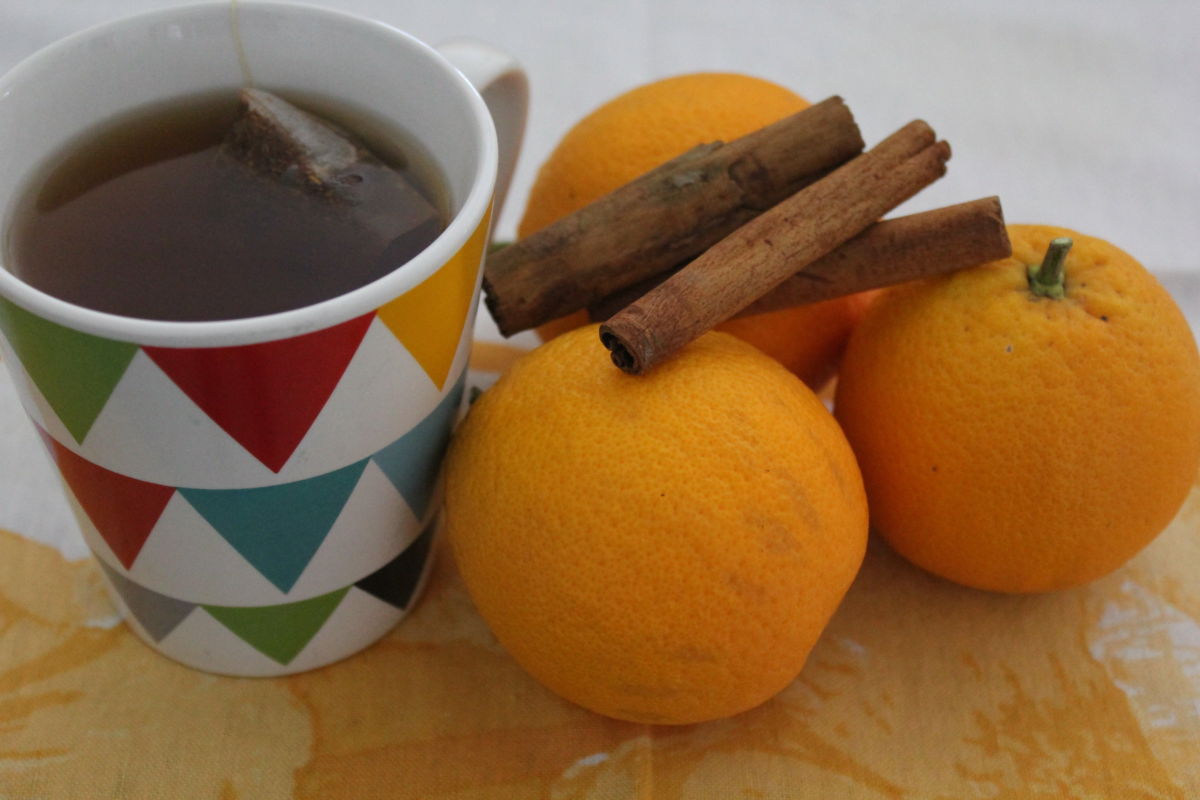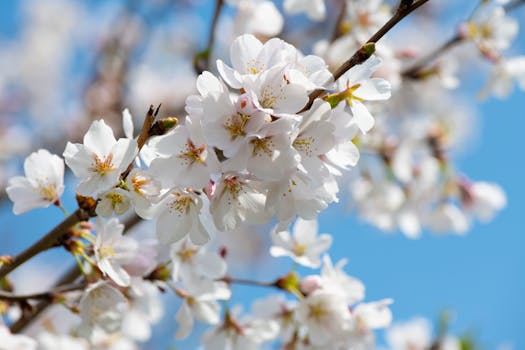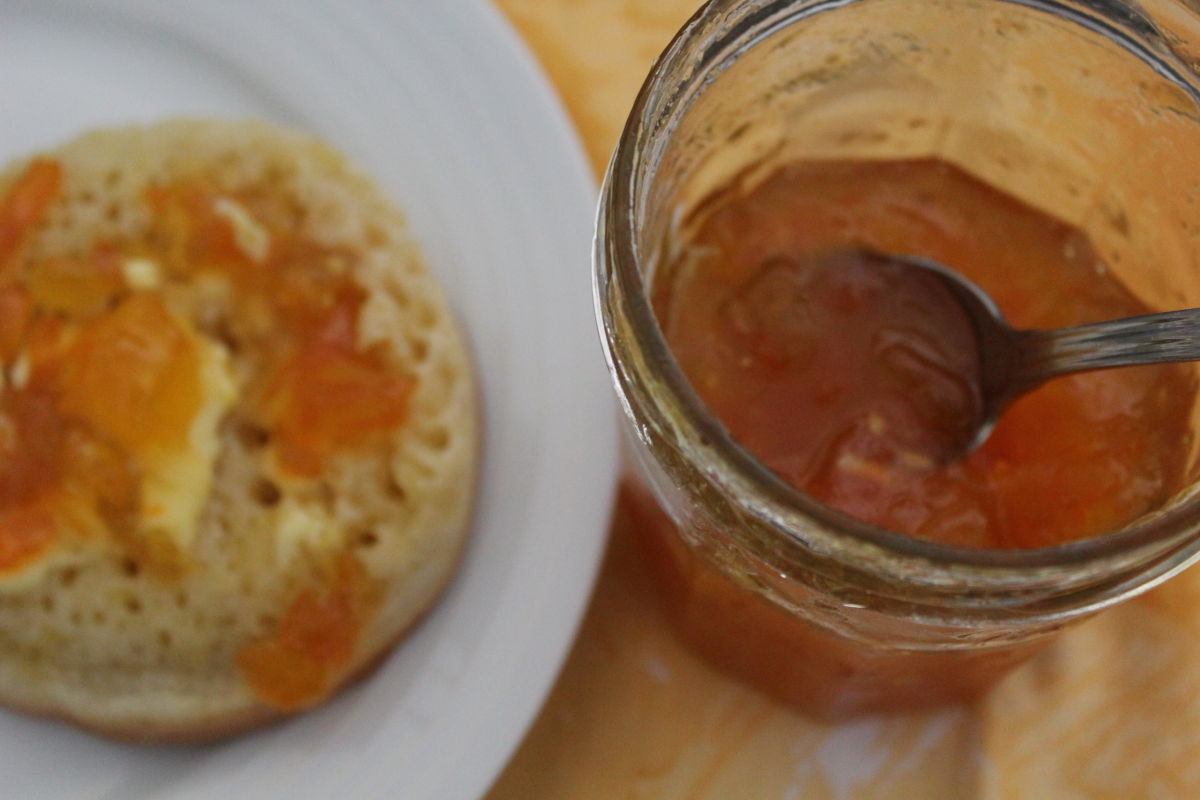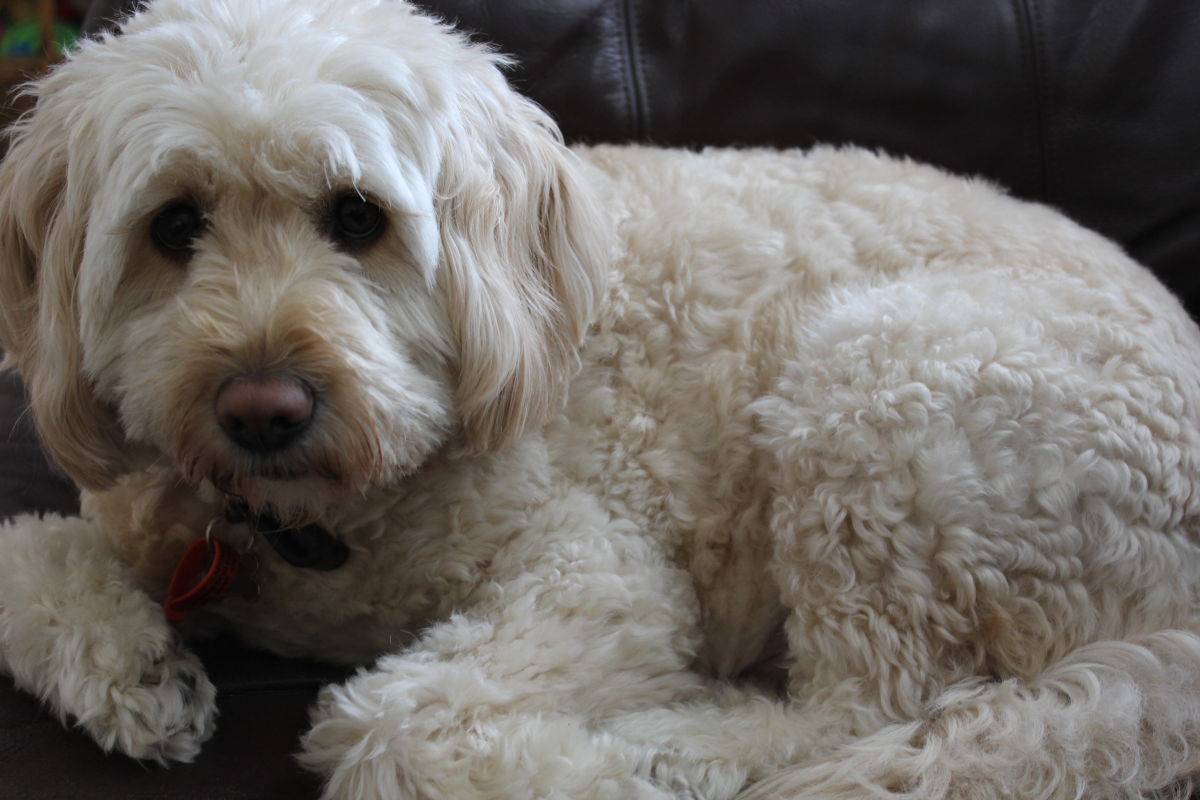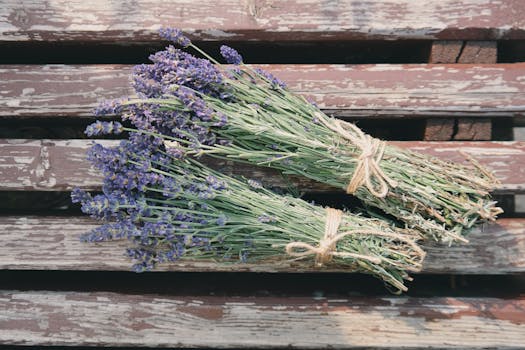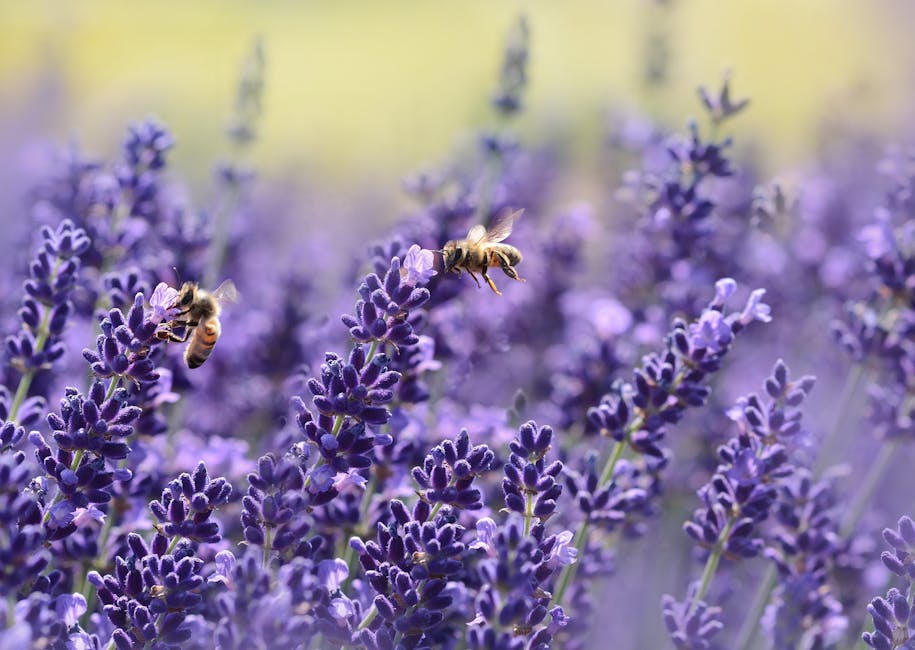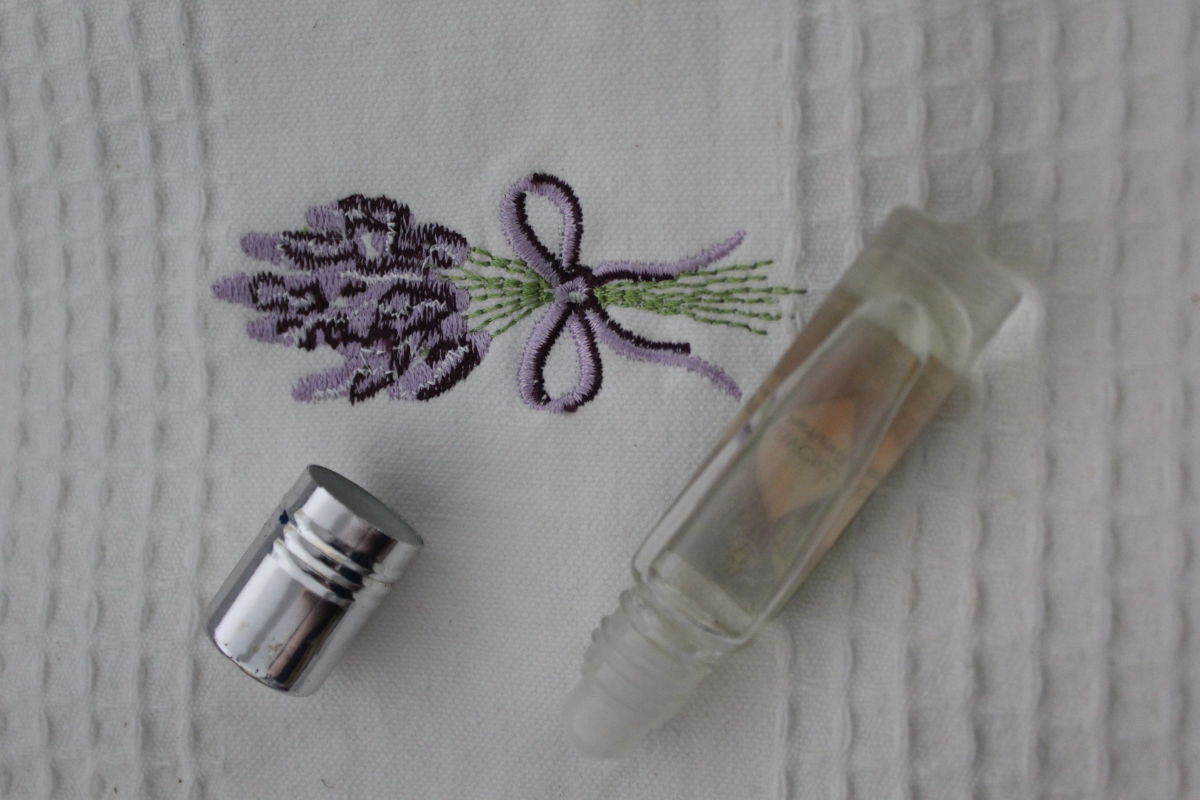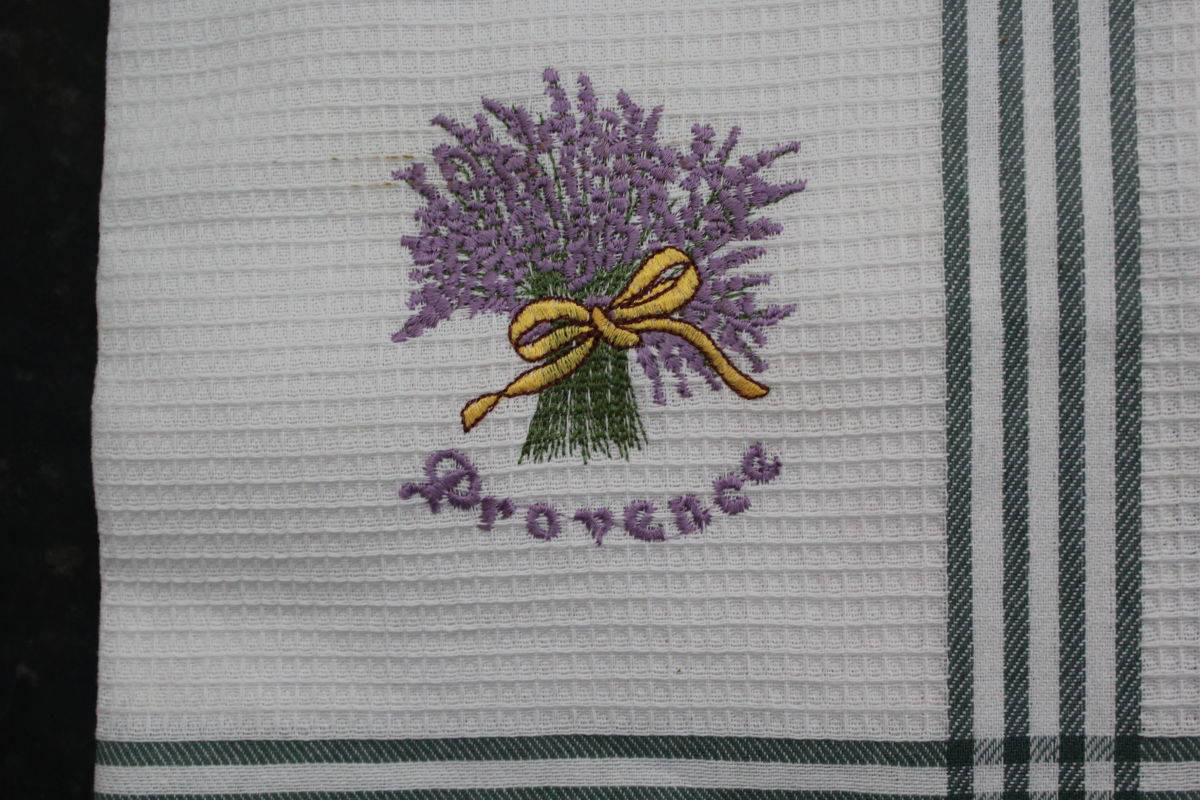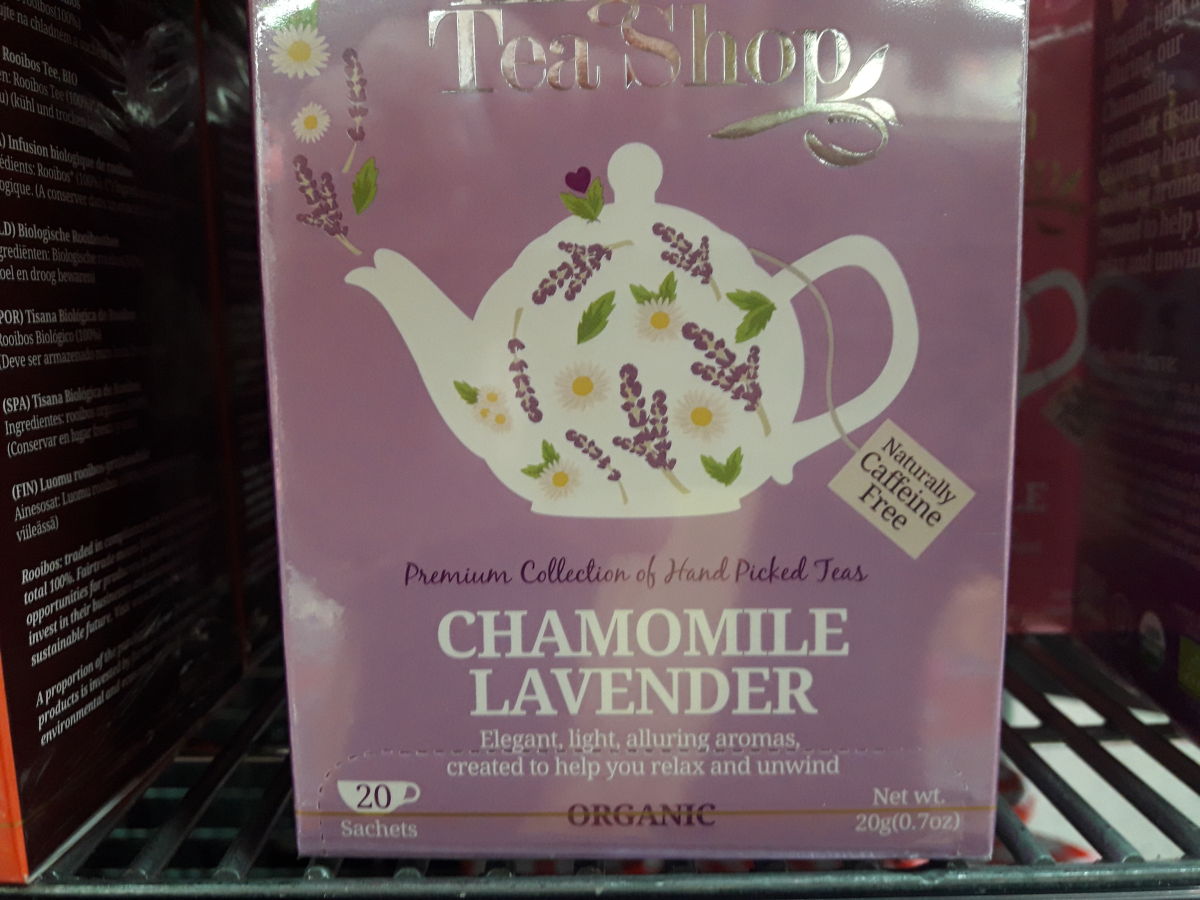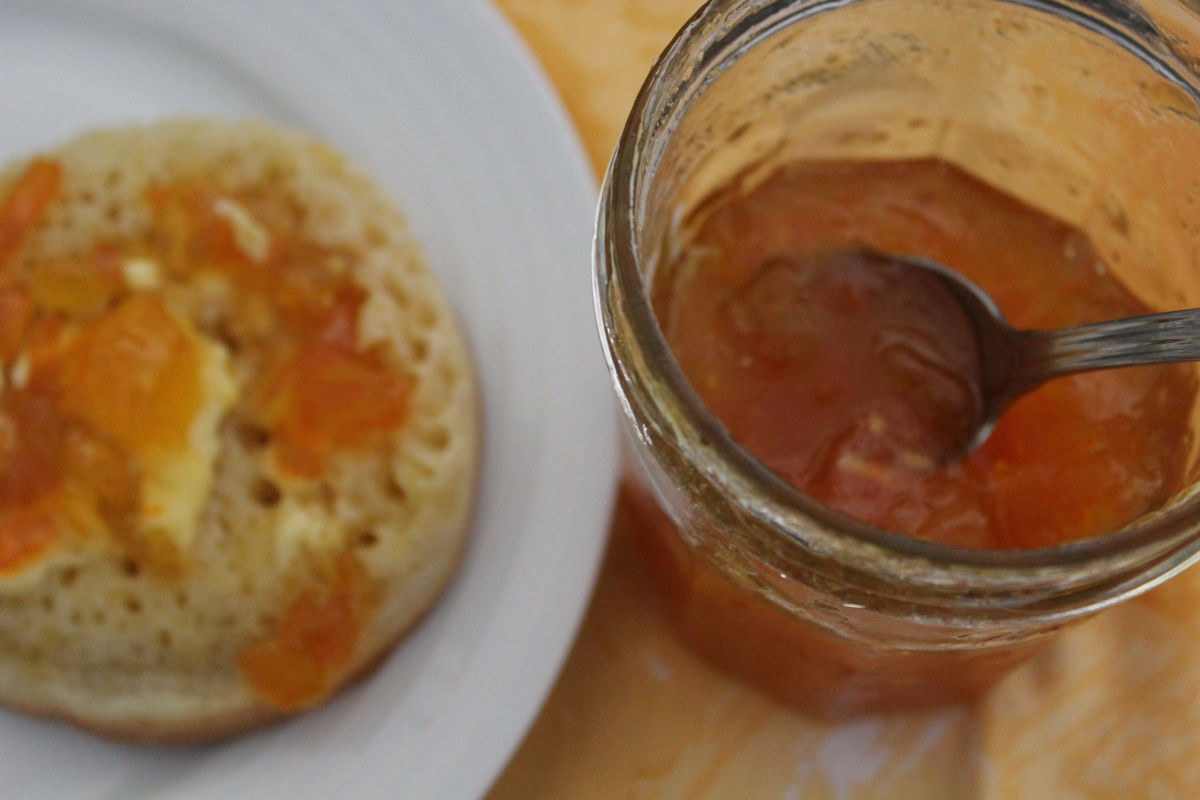

Kumquats are small, orange oval shaped citrus fruit. The inside is sweet and delicious and is wrapped in a skin that is thin, tart and edible. They are rich in nutrients, the skin is high in antioxidants and they make amazingly delicious marmalade.
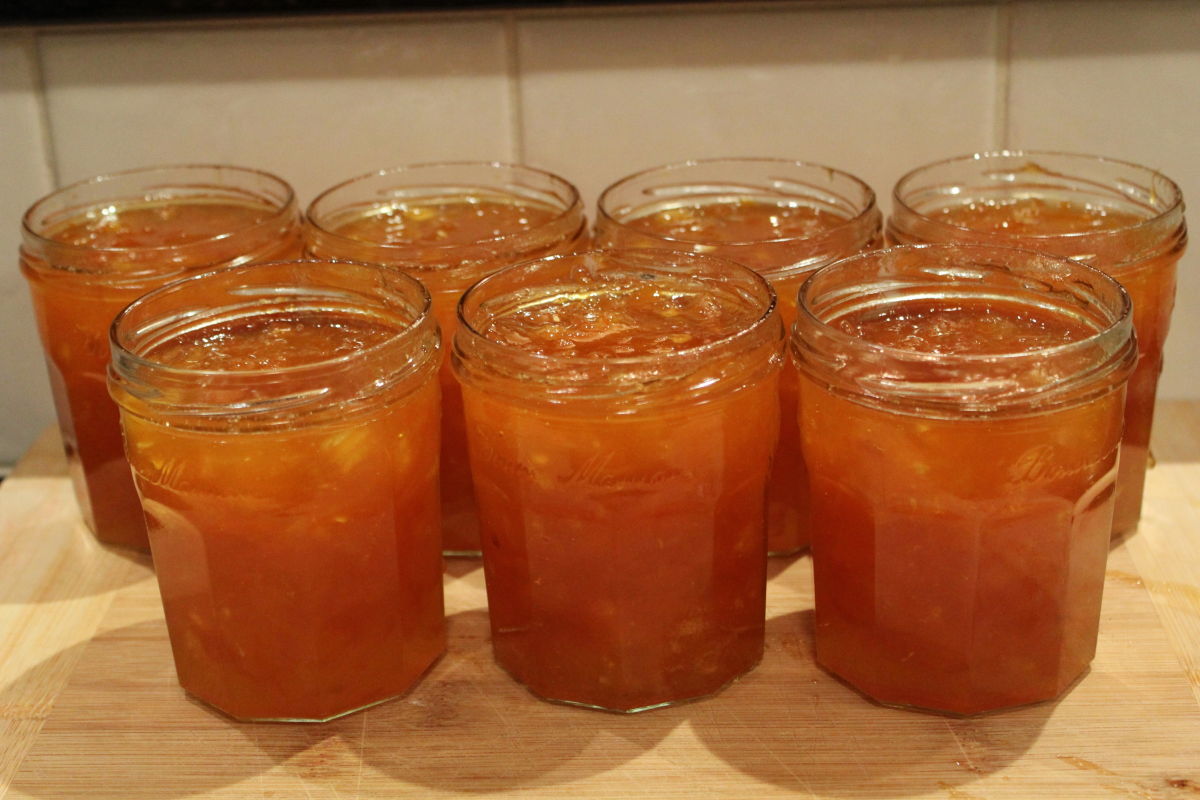

I was asked how I made Kumquat Marmalade after I mentioned in a previous post. Try it!
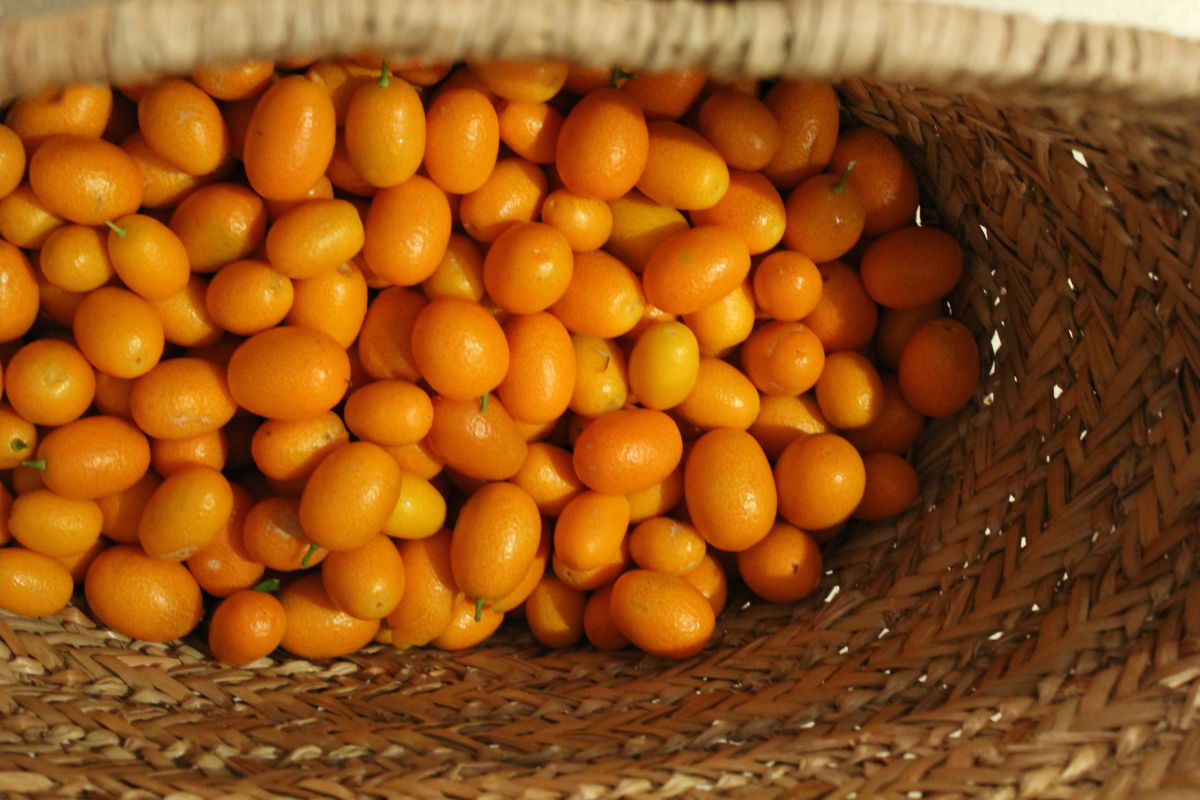

We picked about three kilos of kumquats. Typically the trees are quite small but unless they’re pruned they can become tall and this makes the fruit difficult to harvest.
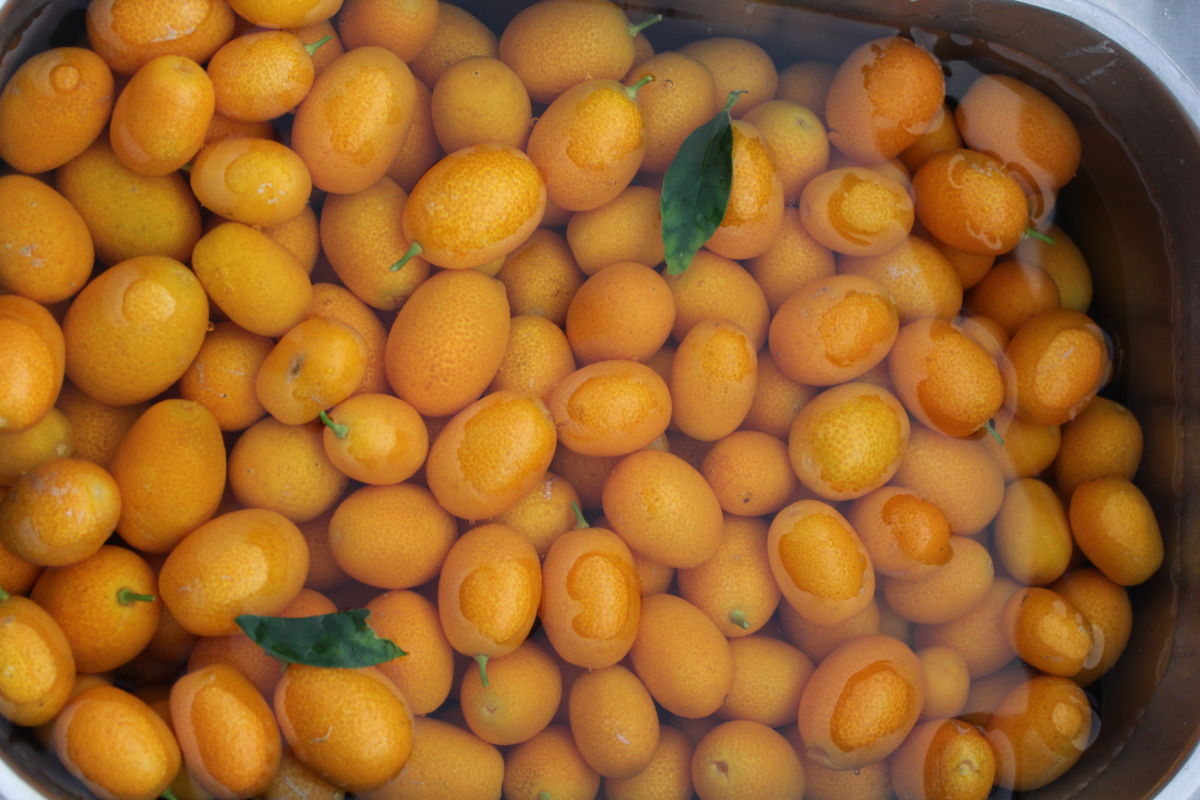

I washed the fruit in the sink and patted it dry with a towel.
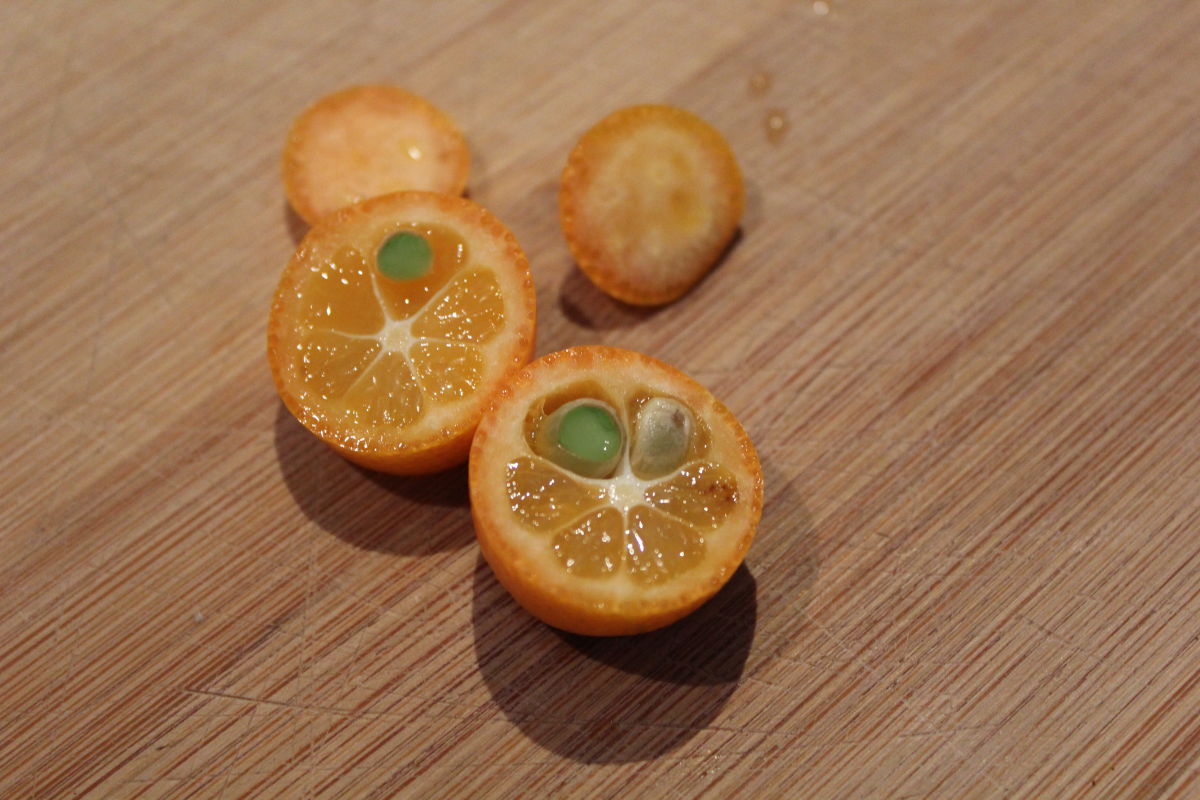

Kumquats are quite small, so I cut off the top and the bottom, then halved the remaining fruit, flicked out the pips and kept them, then cut the halves in half! Preparing the fruit for cooking is a lot of work but worth it.
Then I processed the cut up fruit in three batches to ensure the skin was finely chopped then put it all in a microwave proof bowl to cook.
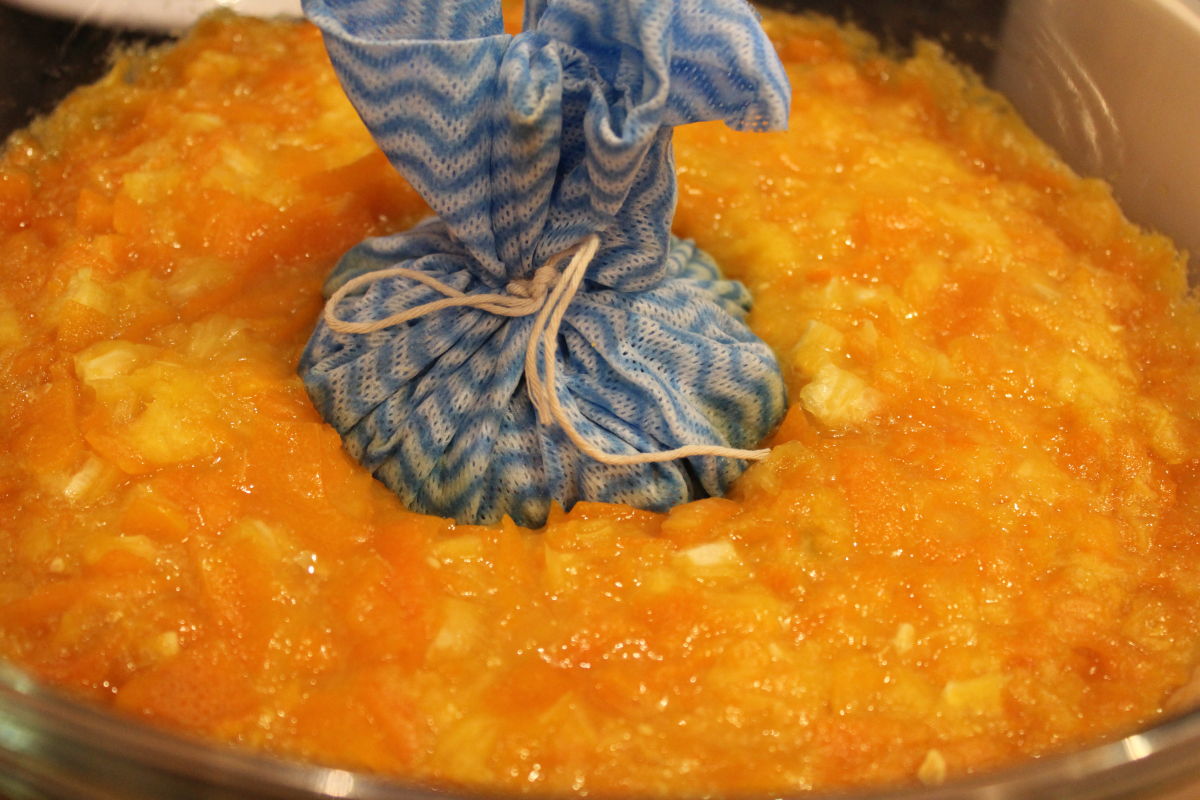

I couldn’t find any muslin, so I tied the pips and cut off tops and bottoms in a Chux (a kitchen wiping cloth), securing it with kitchen string and added it to the flesh while it was cooking. This provided the pectin, the natural setting agent to the jam. It looks very unattractive!
You need to weigh the fruit at this stage and measure out 75% of its total weight in sugar to add during cooking.
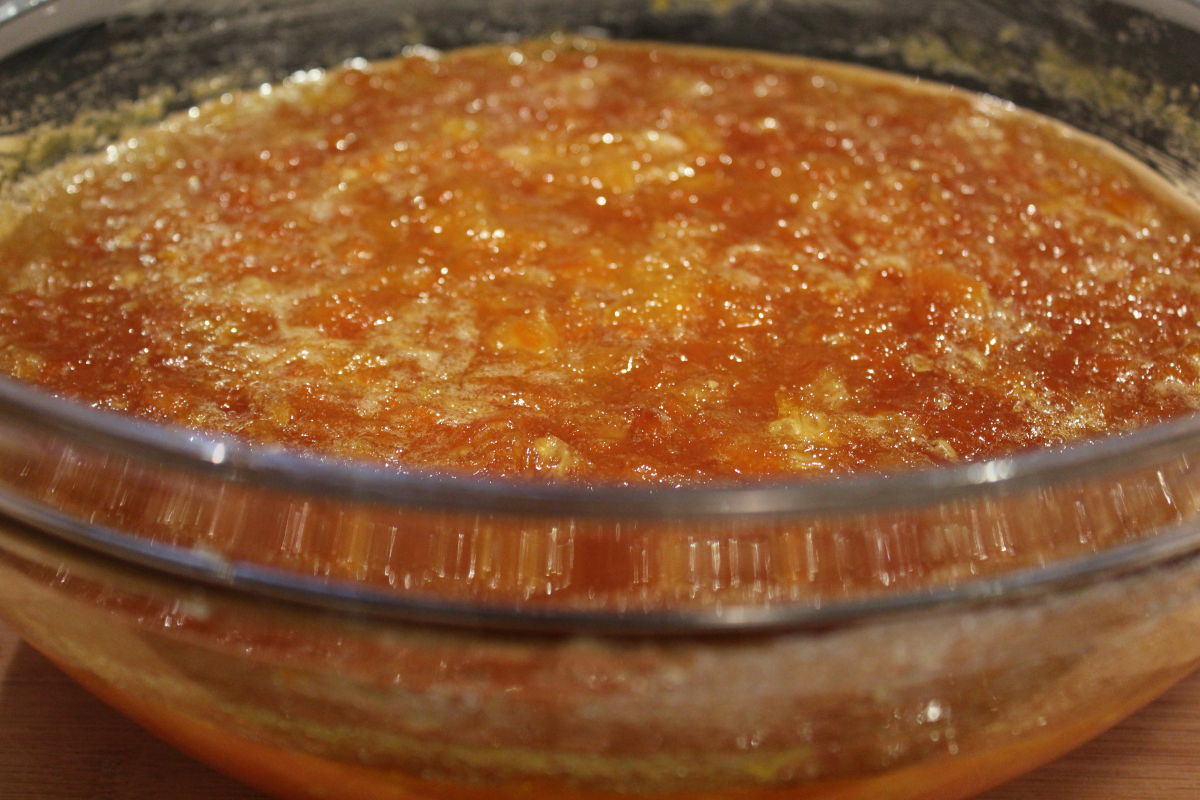

I cooked the fruit on HIGH for eight minutes, stirring it once during the process.
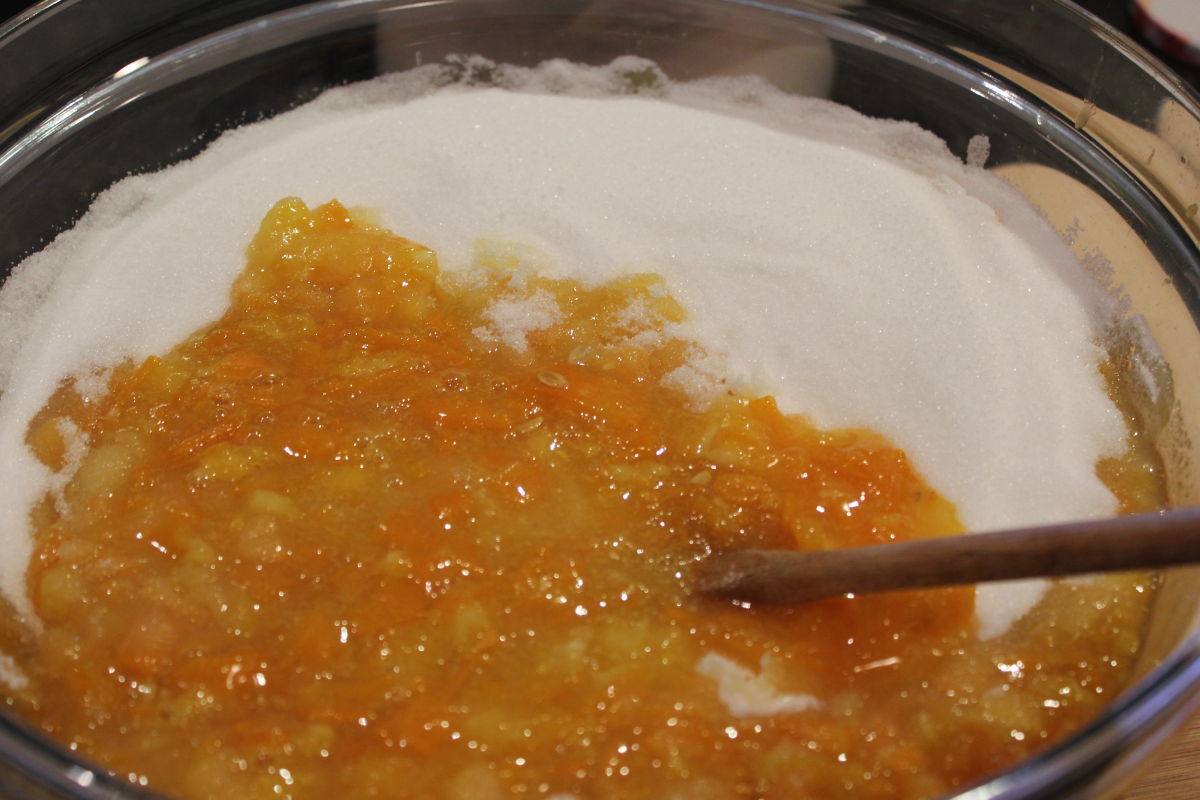

Add the sugar and stir before microwaving for ten minutes, stirring, microwaving again for ten minutes and stirring. Be sure to mix in all the sugar from the edges. So, eight minutes, then add sugar, then ten minutes and then another ten minutes and then test for readiness for bottling.
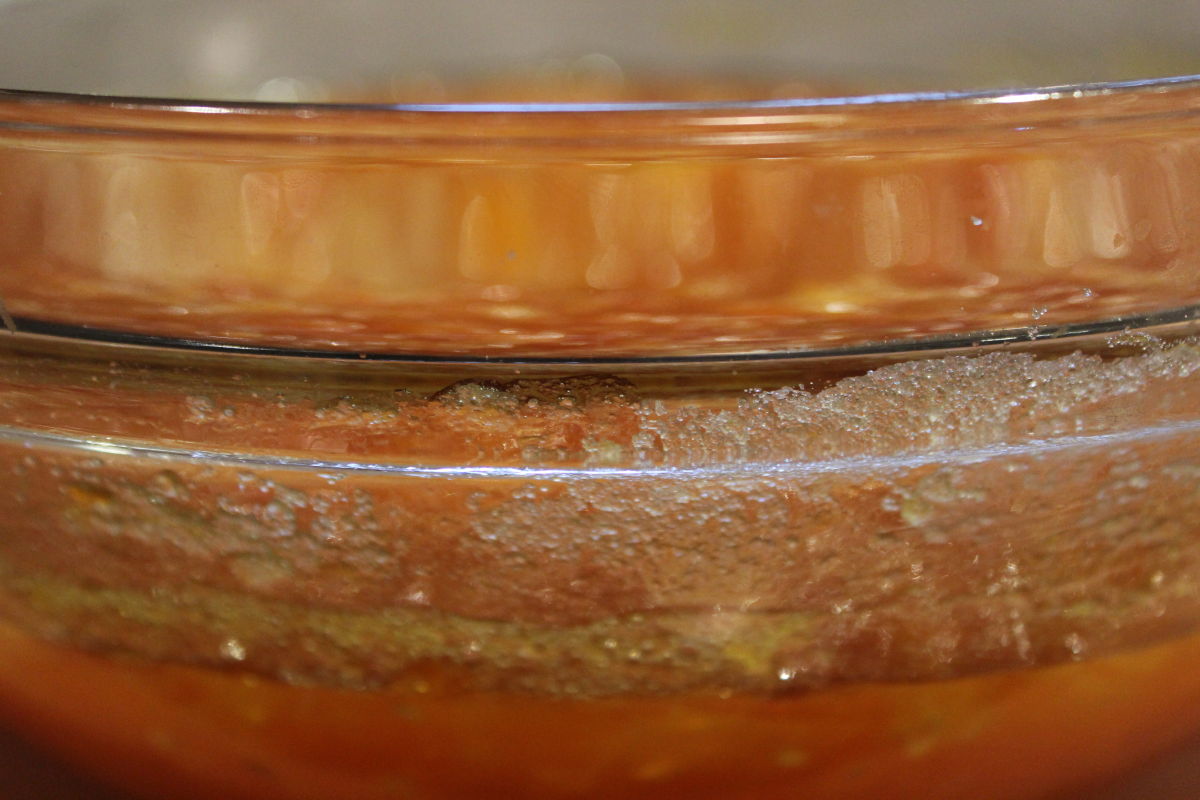

I dropped a teaspoon of the hot jam onto a saucer and let it cool before running my finger across it to check if it was ready to bottle. The skin wrinkled and held its shape, so I poured the marmalade into sterilized jars. If it wasn’t ready I would have cooked it in five minute bursts until the saucer test worked.
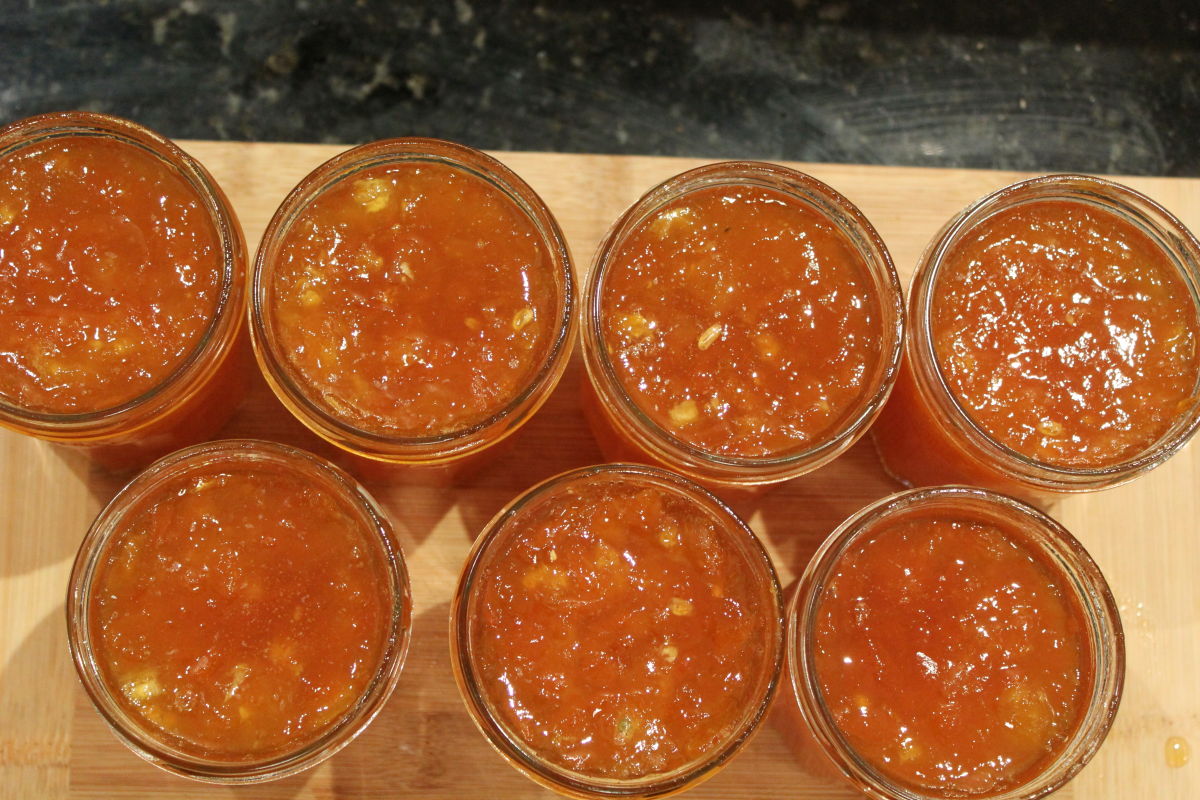

I wash the jars in the dishwasher then just before I’m ready to pour in the marmalade I pour boiling water into then and pour it out using tongs. They dry out almost instantly. I also pour boiling water over the lids before I use them.
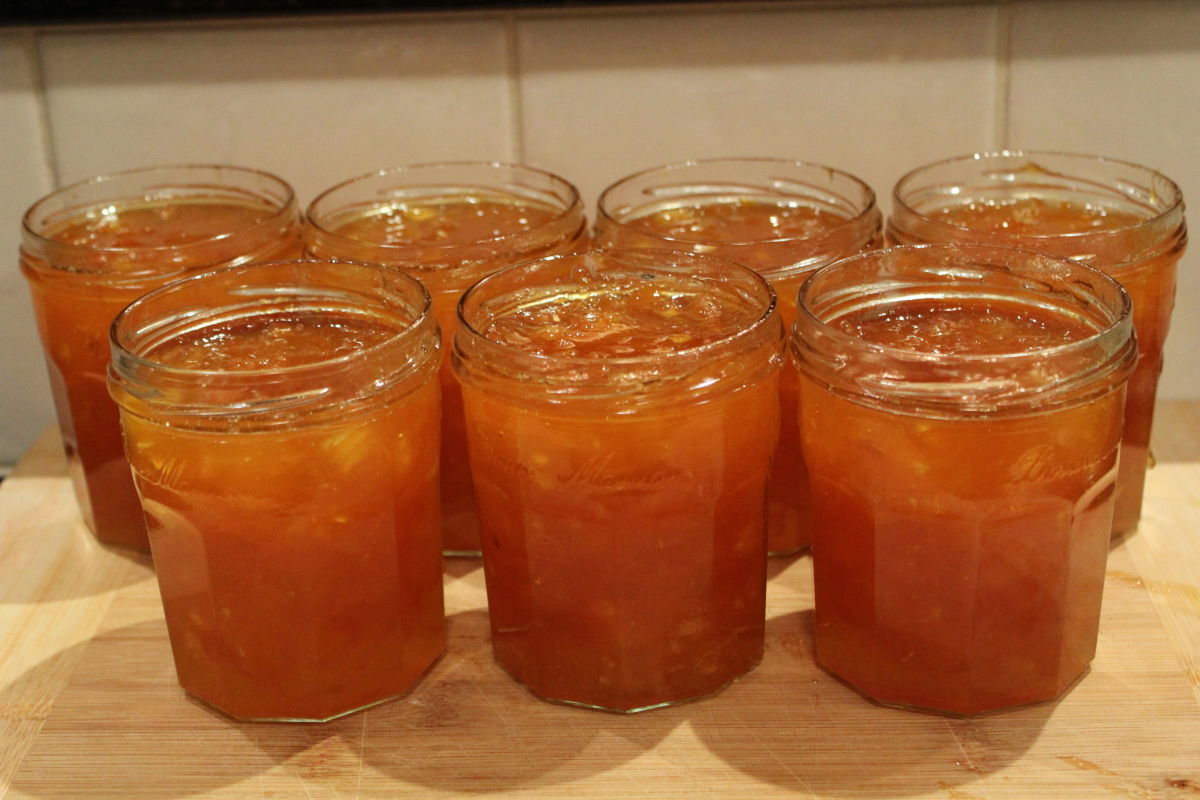

Kumquat marmalade, made from fruit and sugar and nothing else! It smells wonderful and tastes delicious and I know I will be making more very soon.
Today is Good Neighbour Day, so say hello to your neighbours, ask them in for a chat or just give them a wave.

